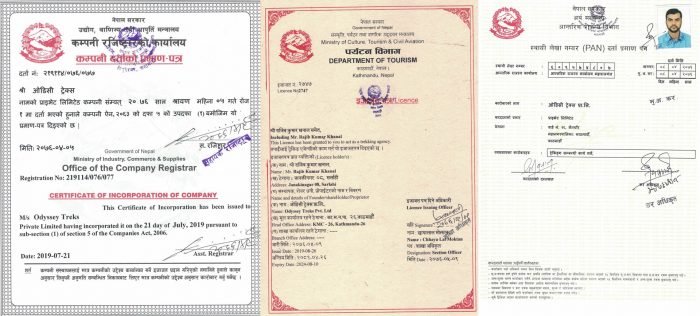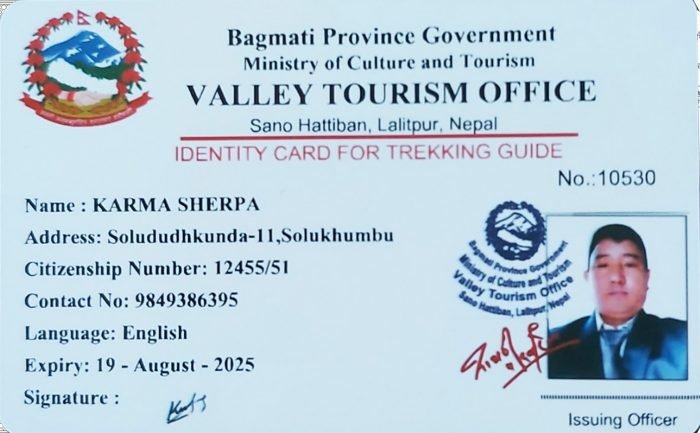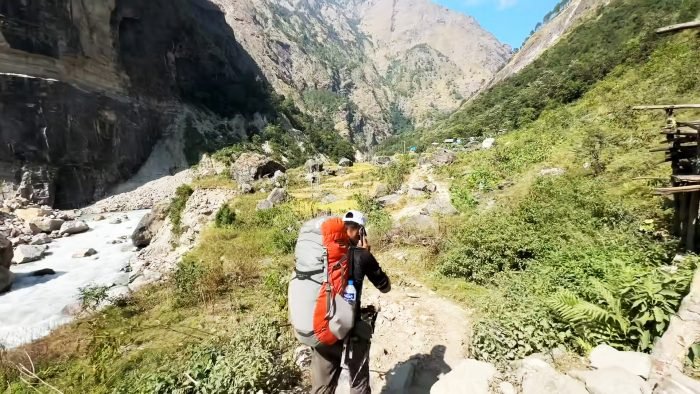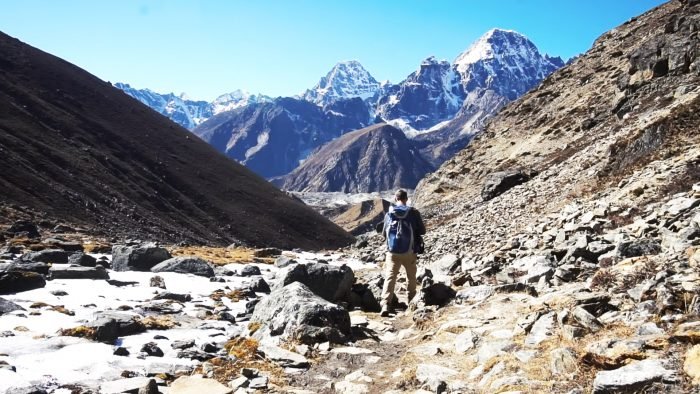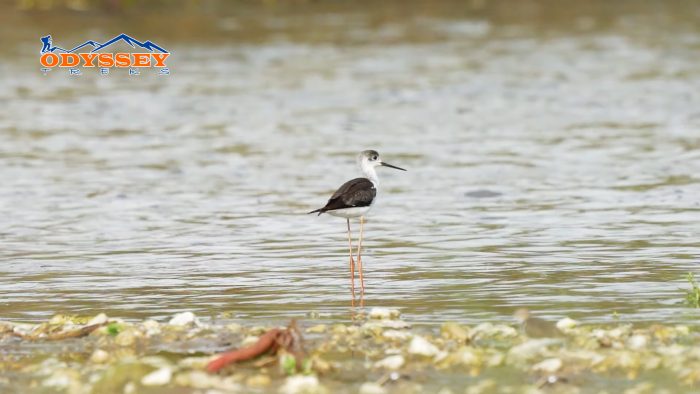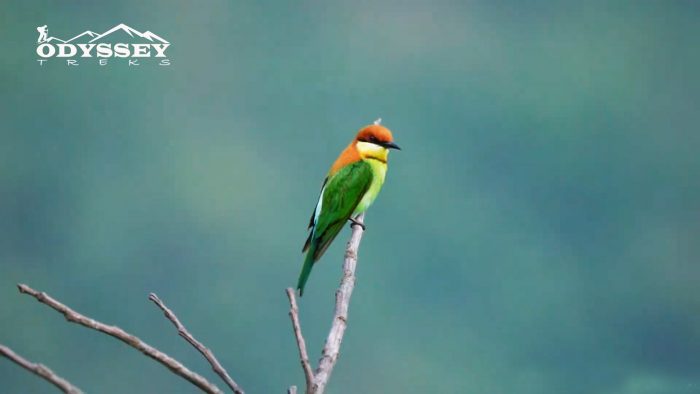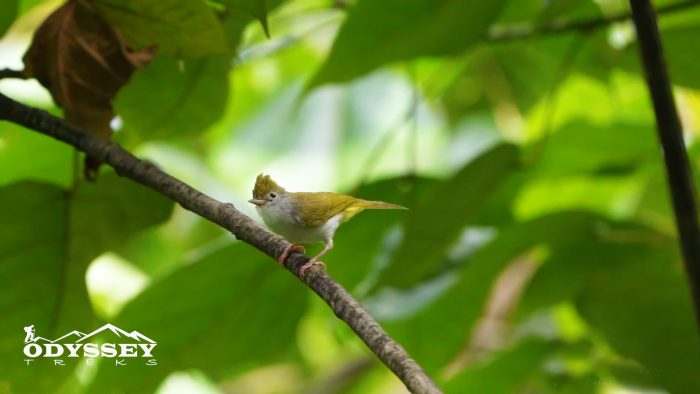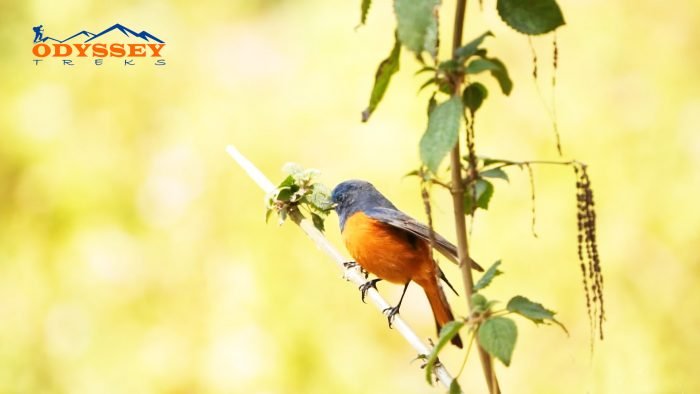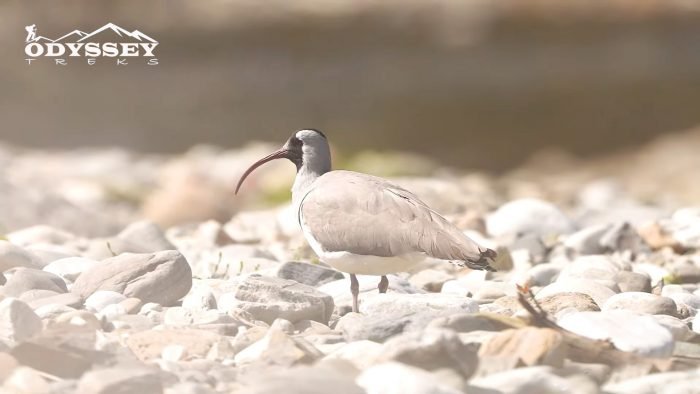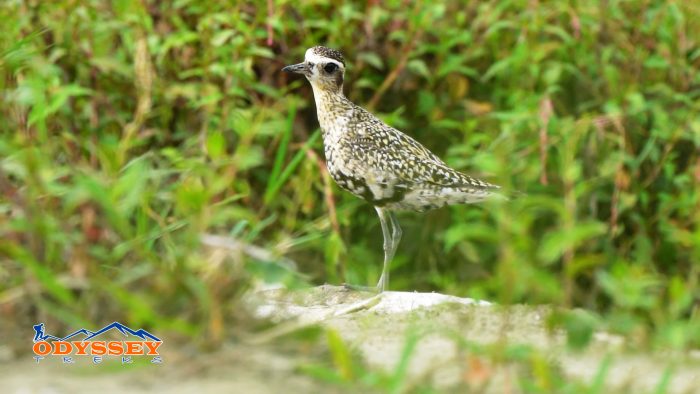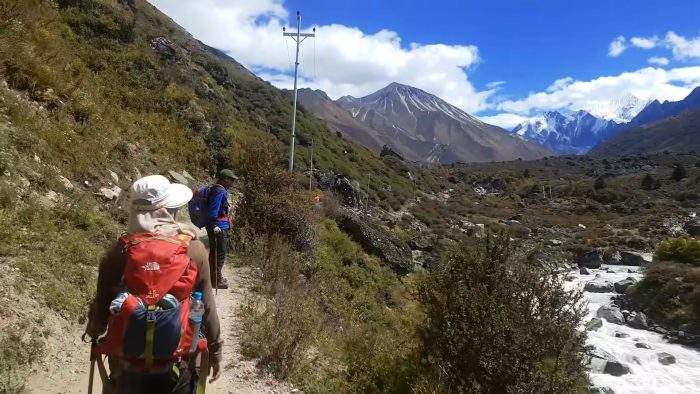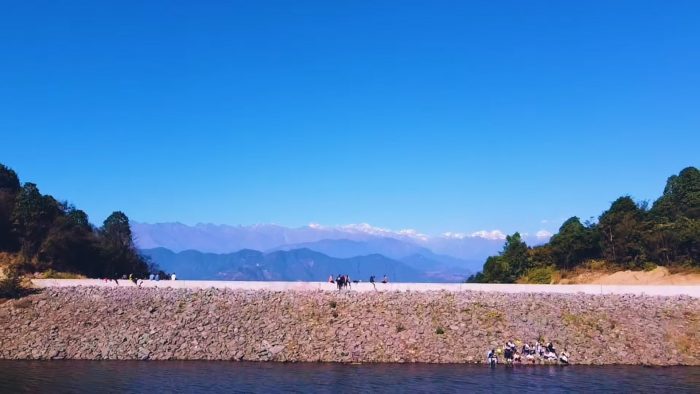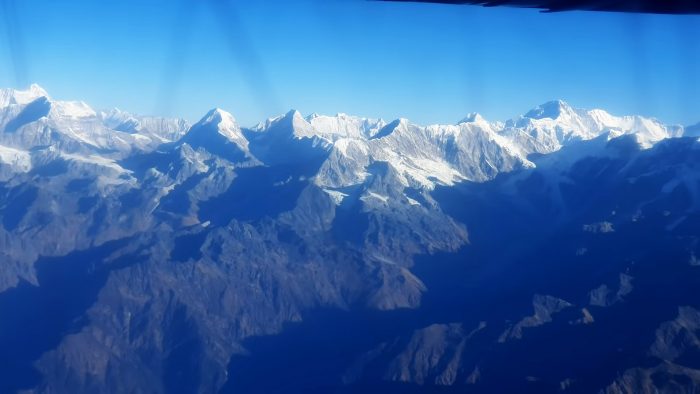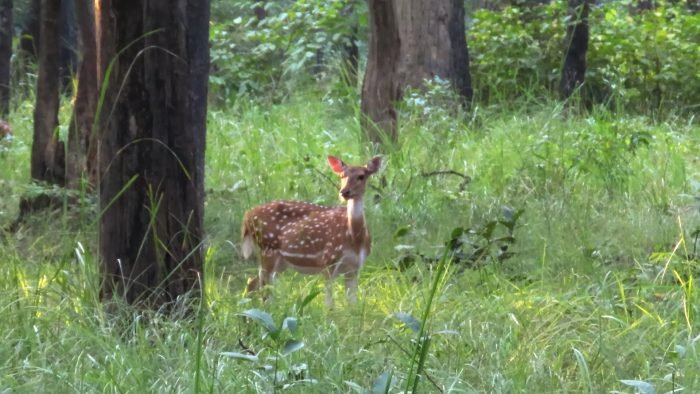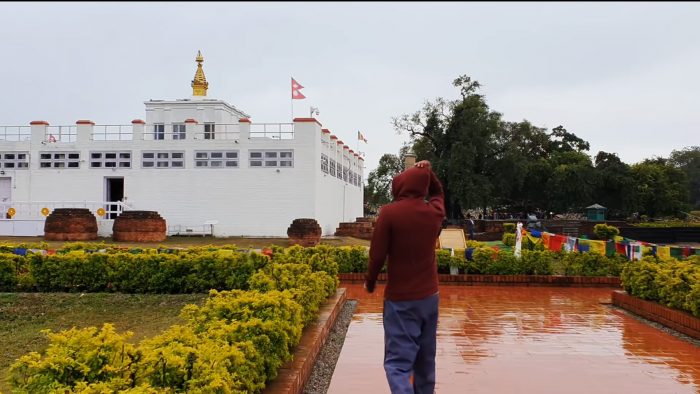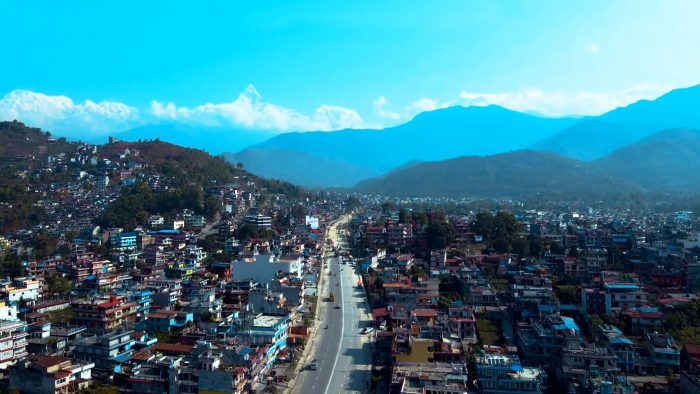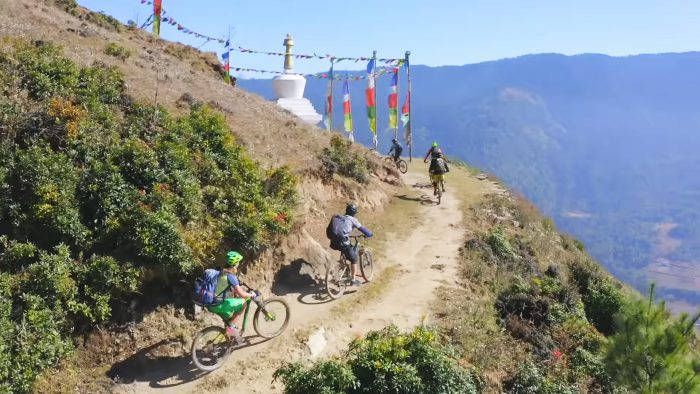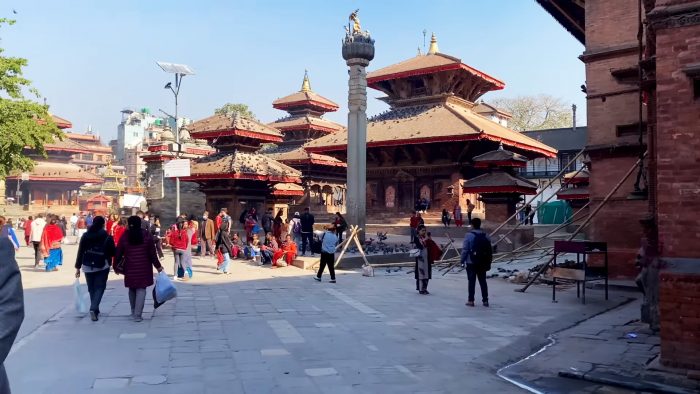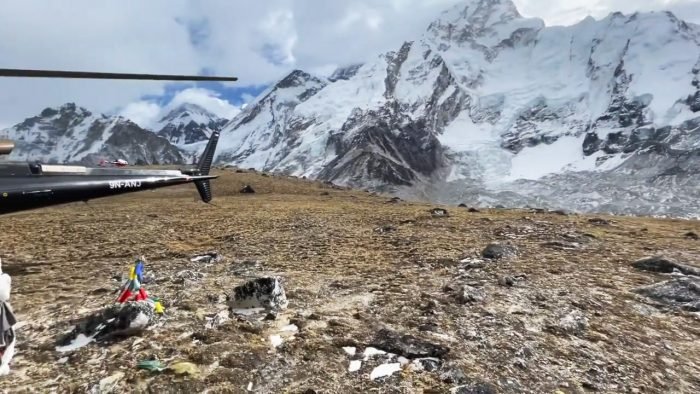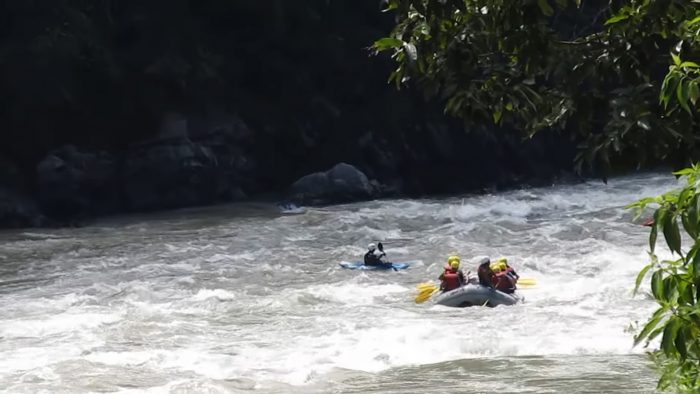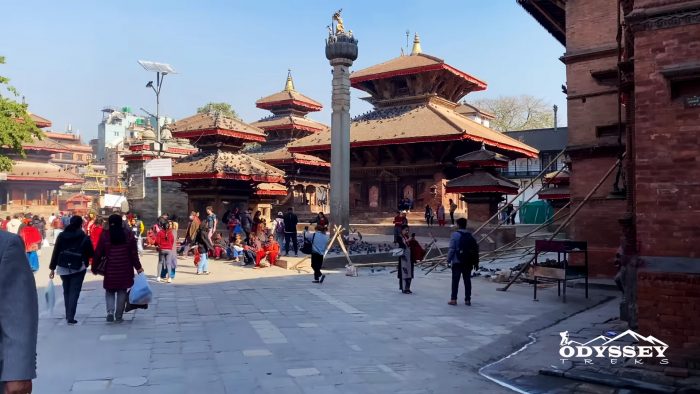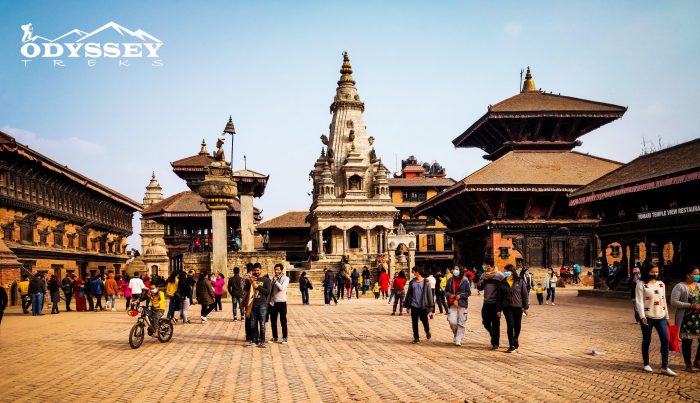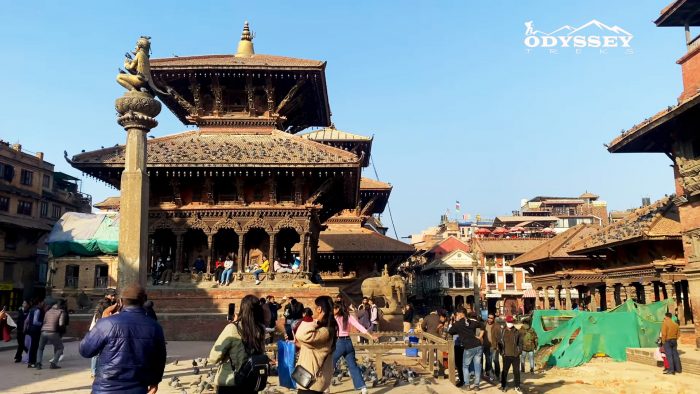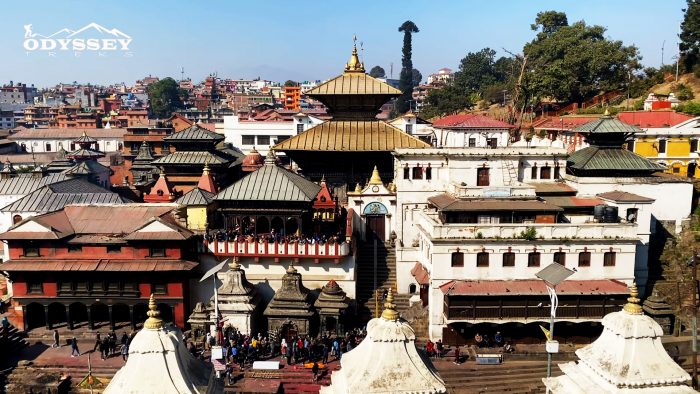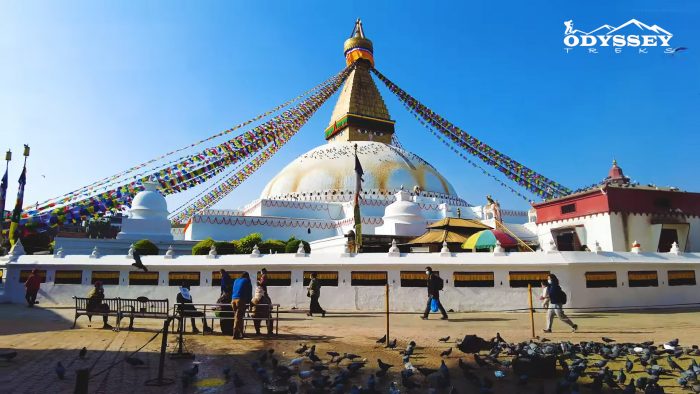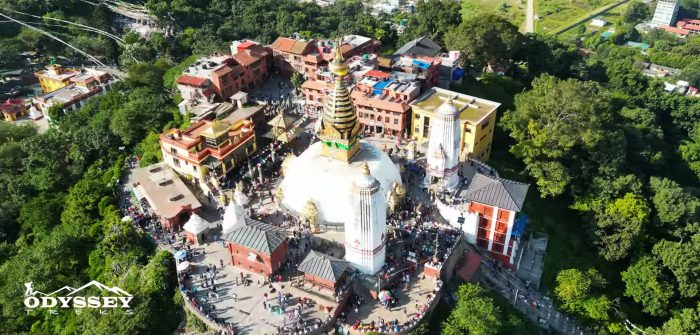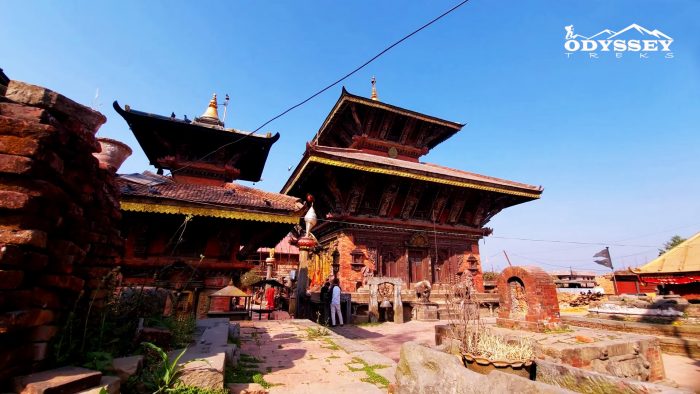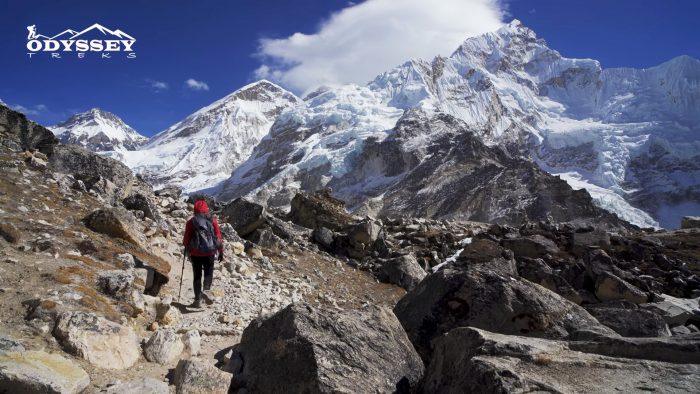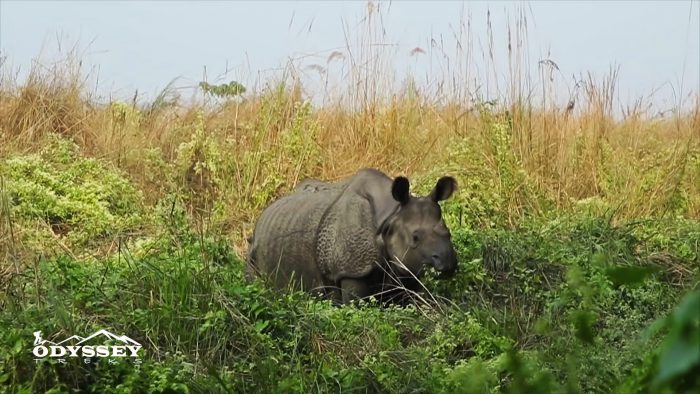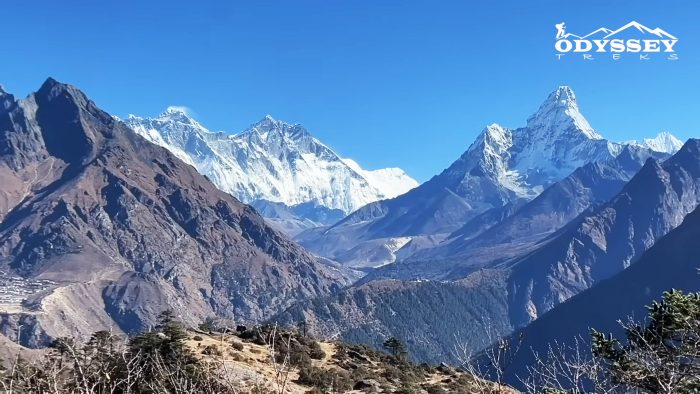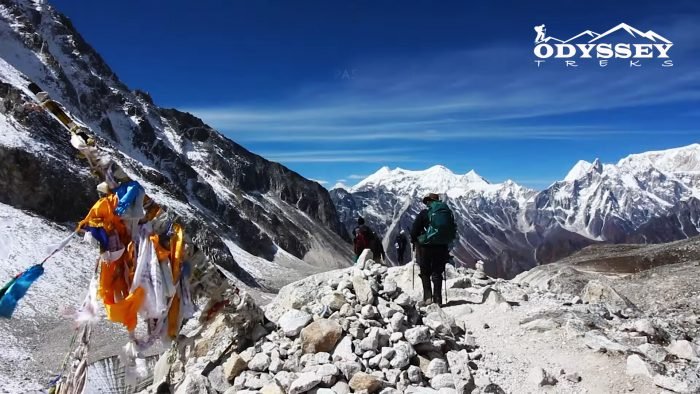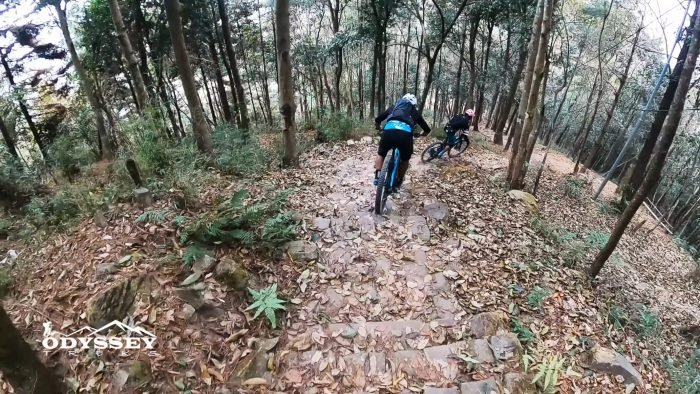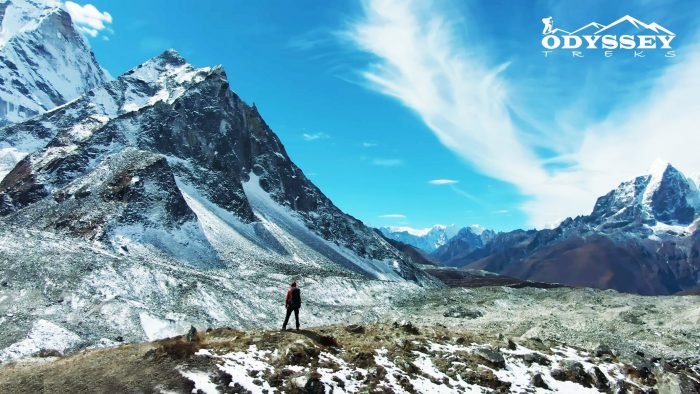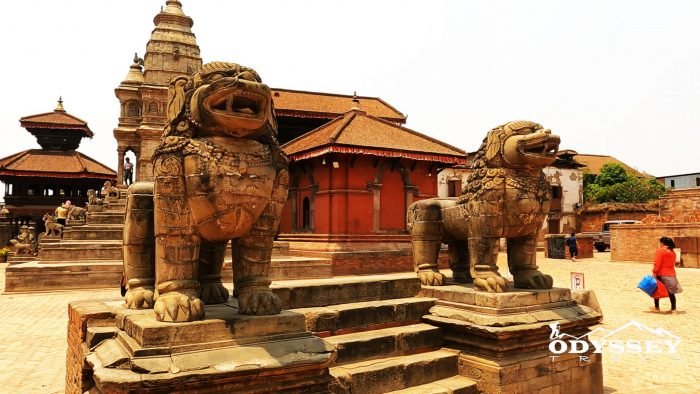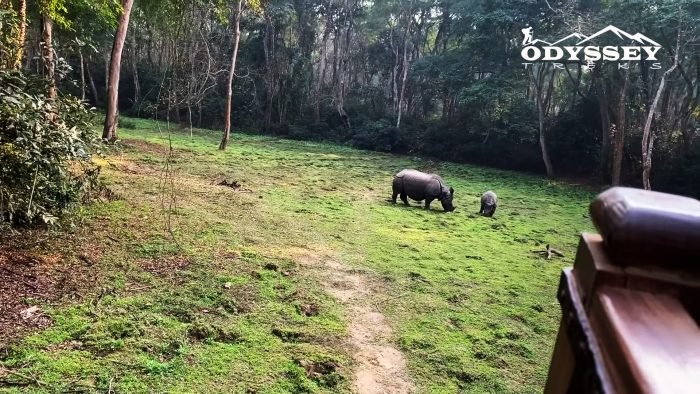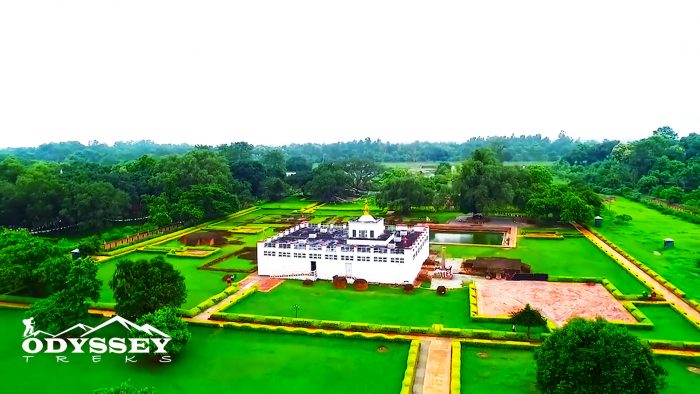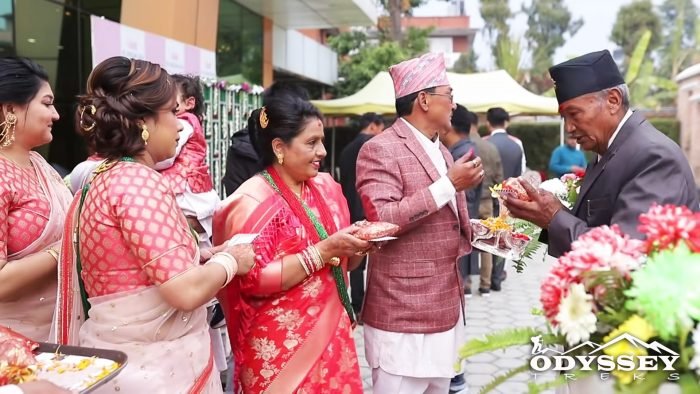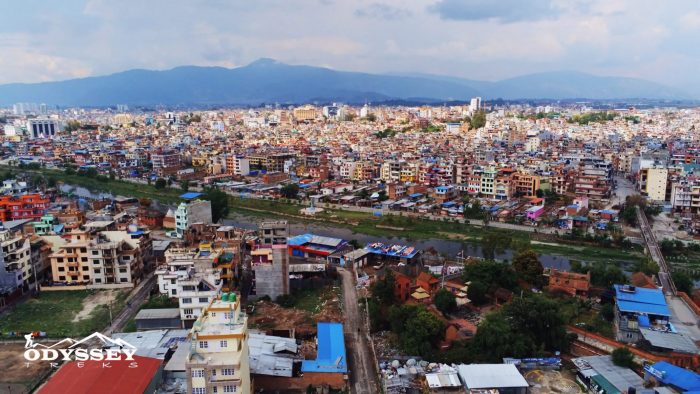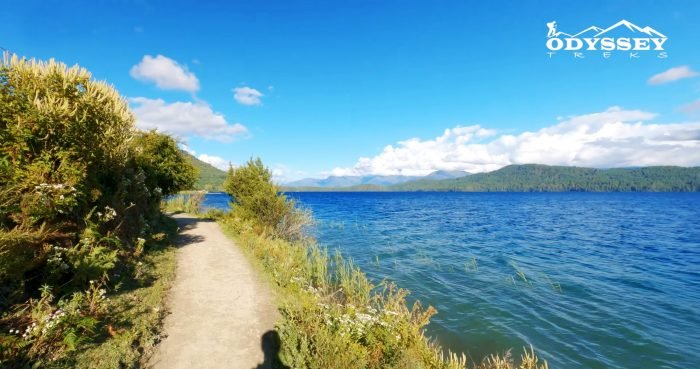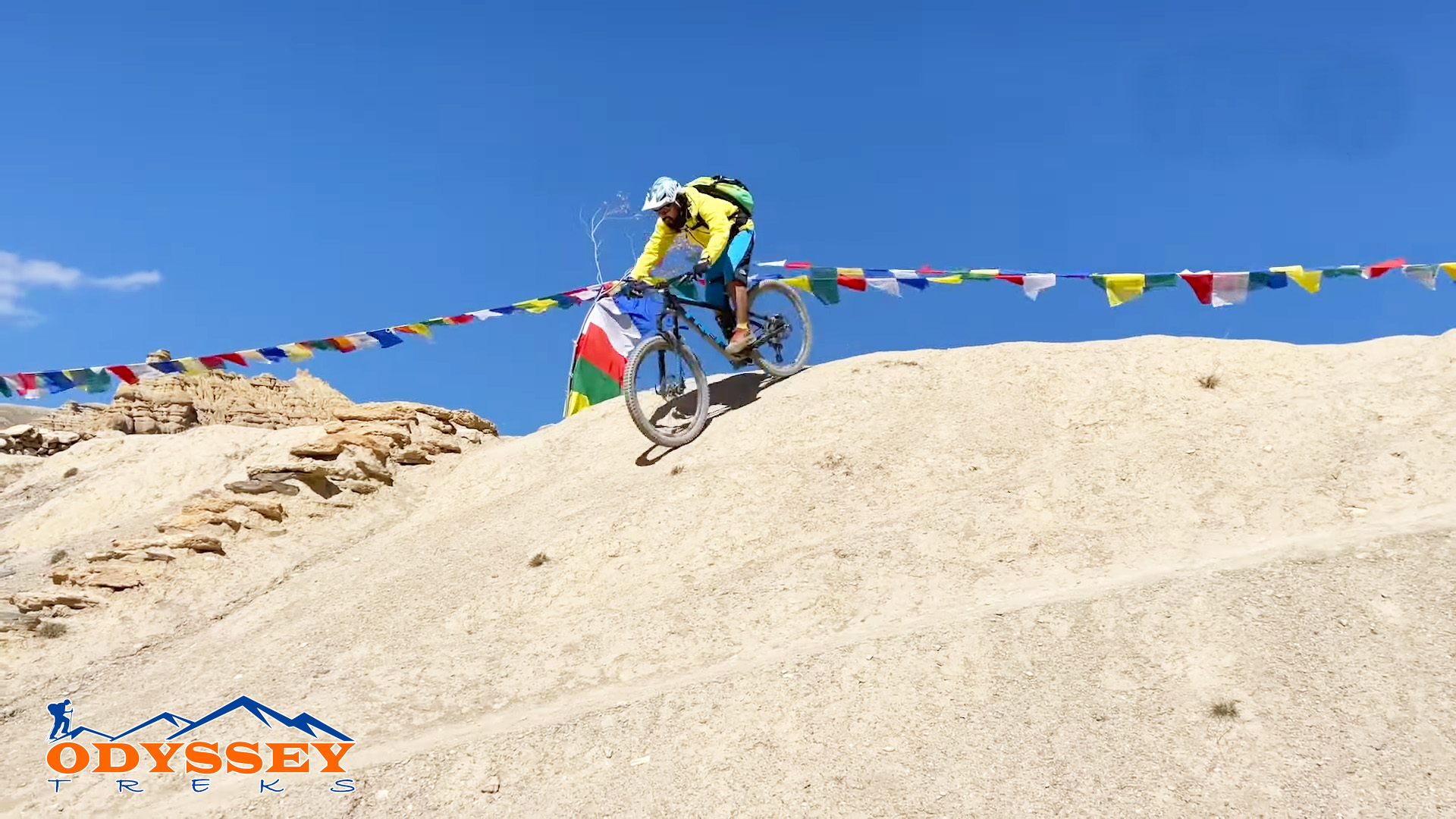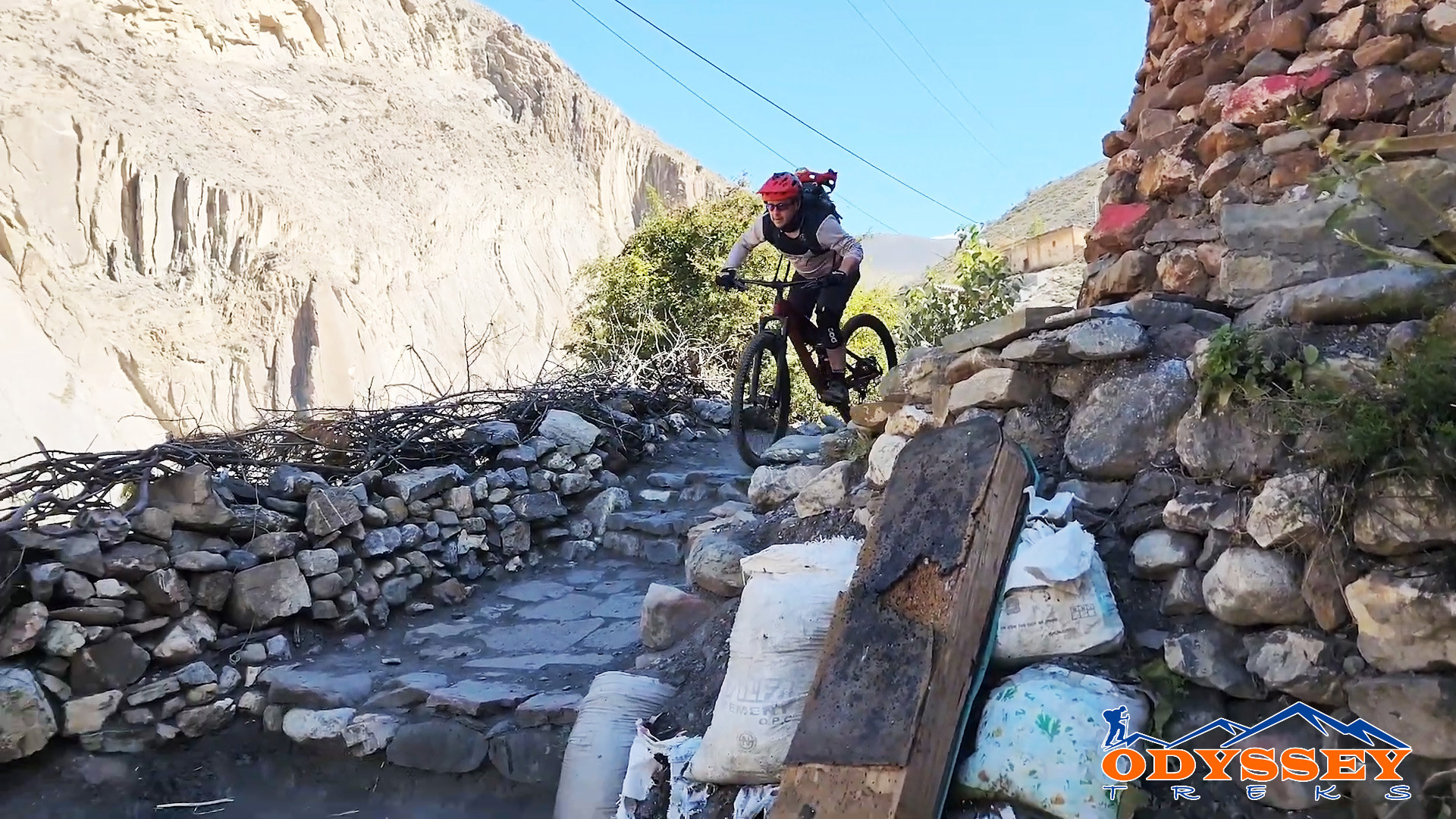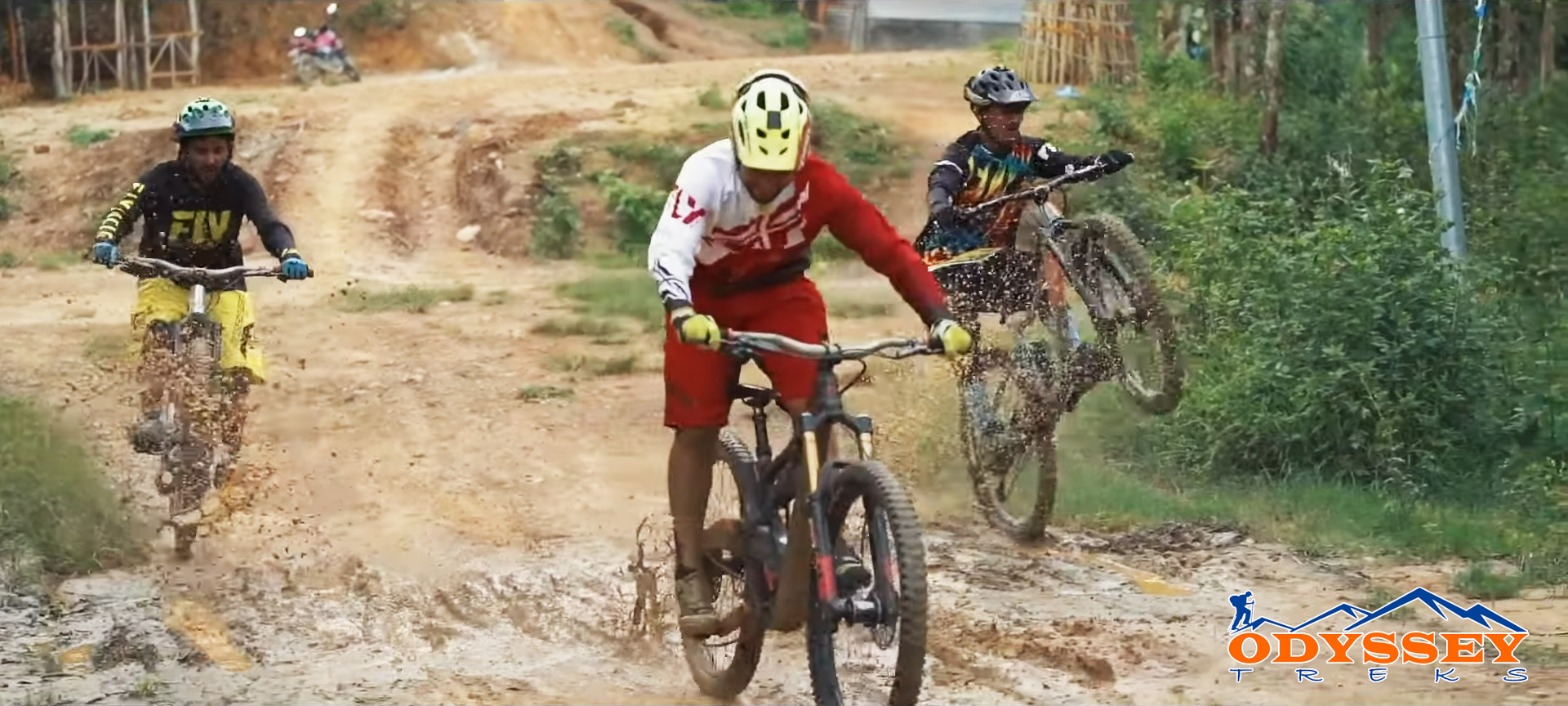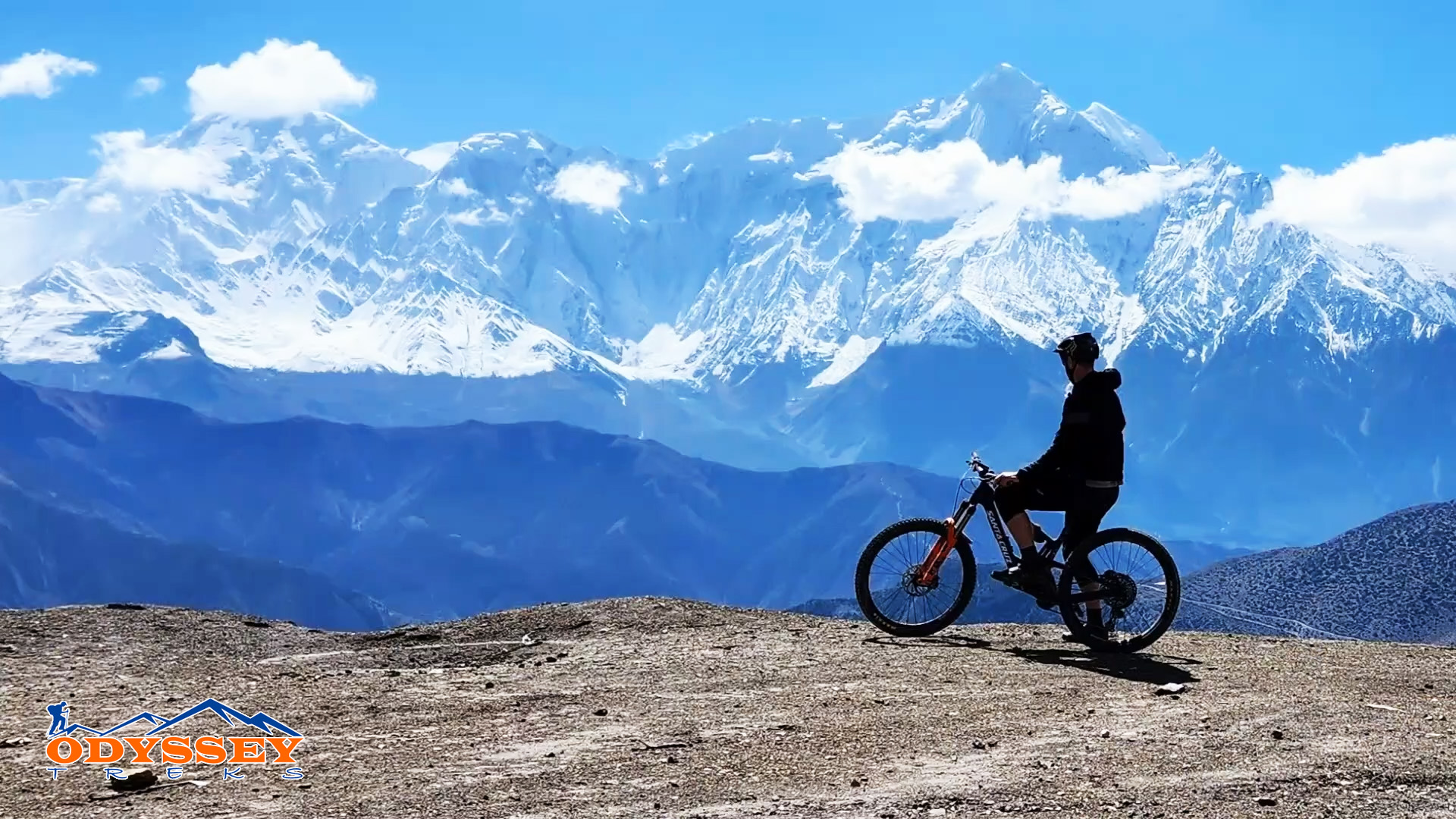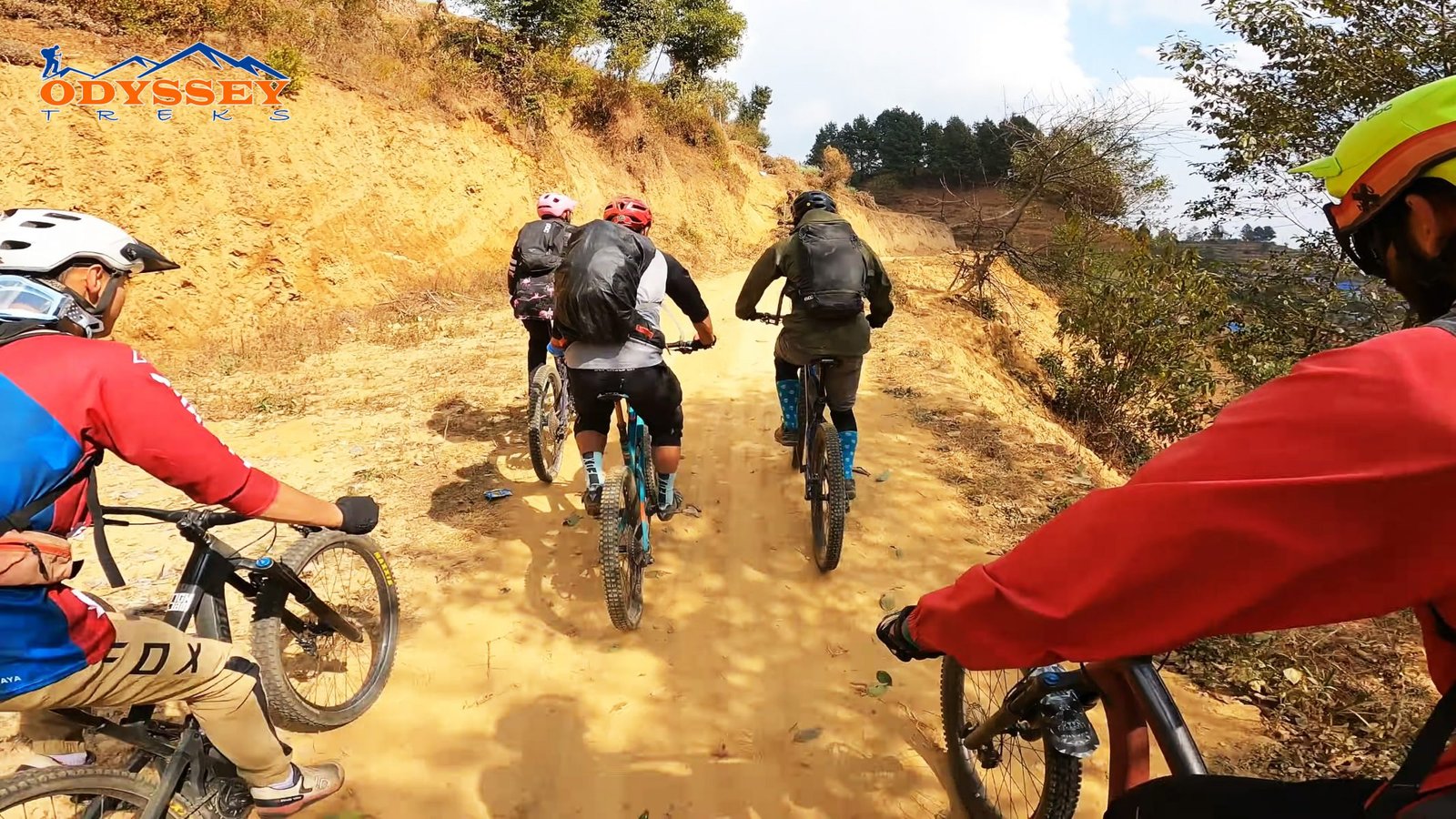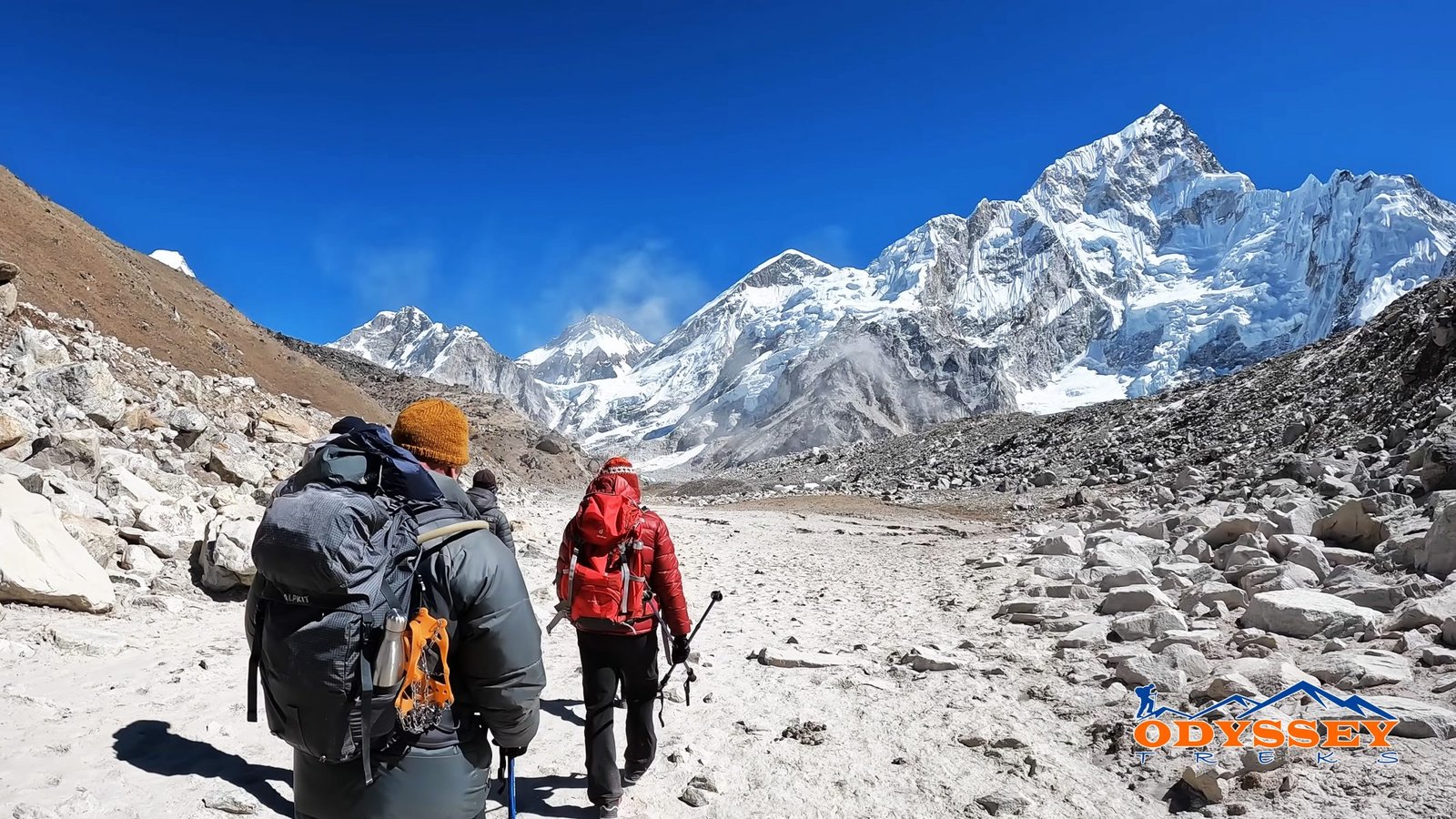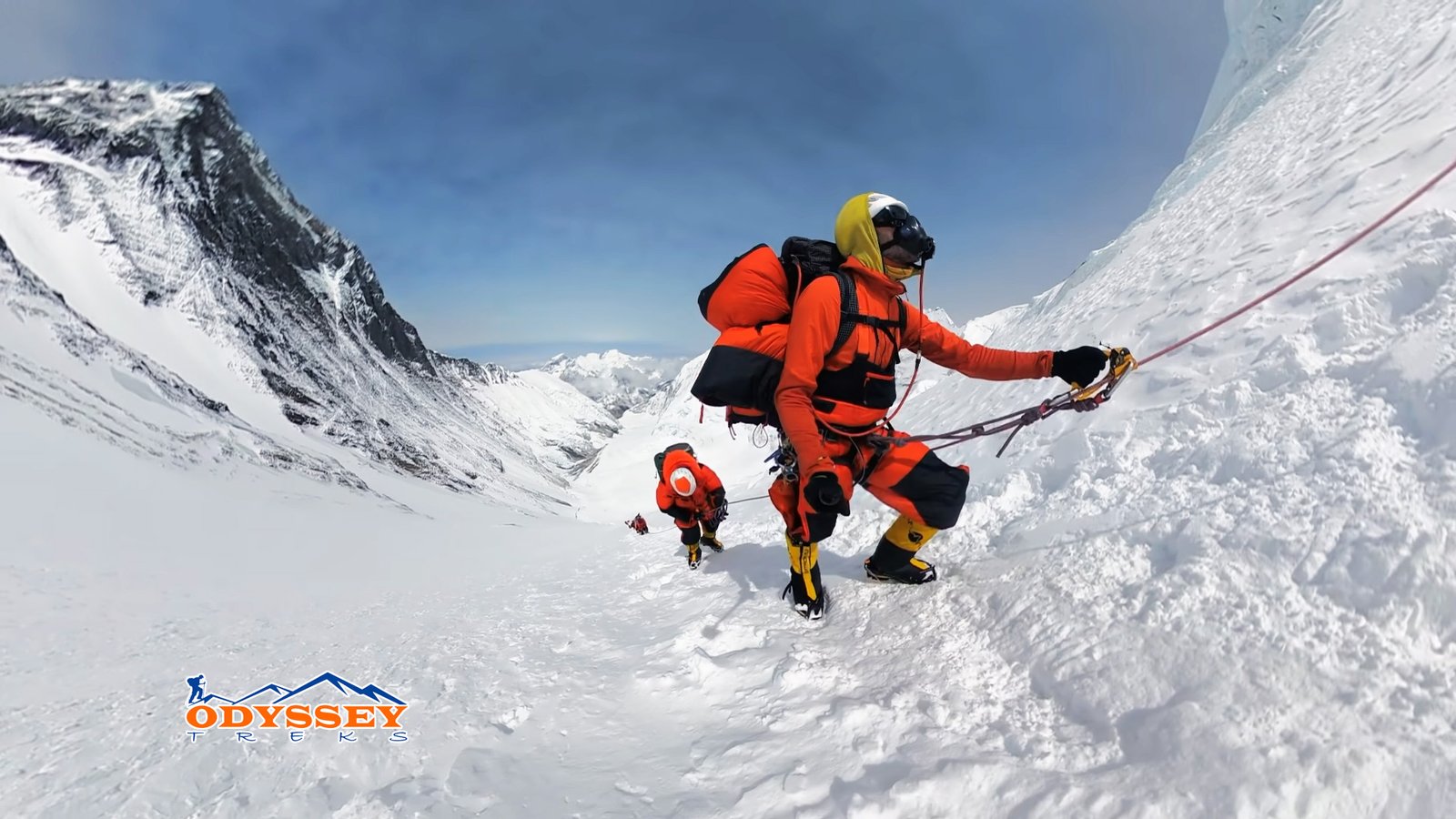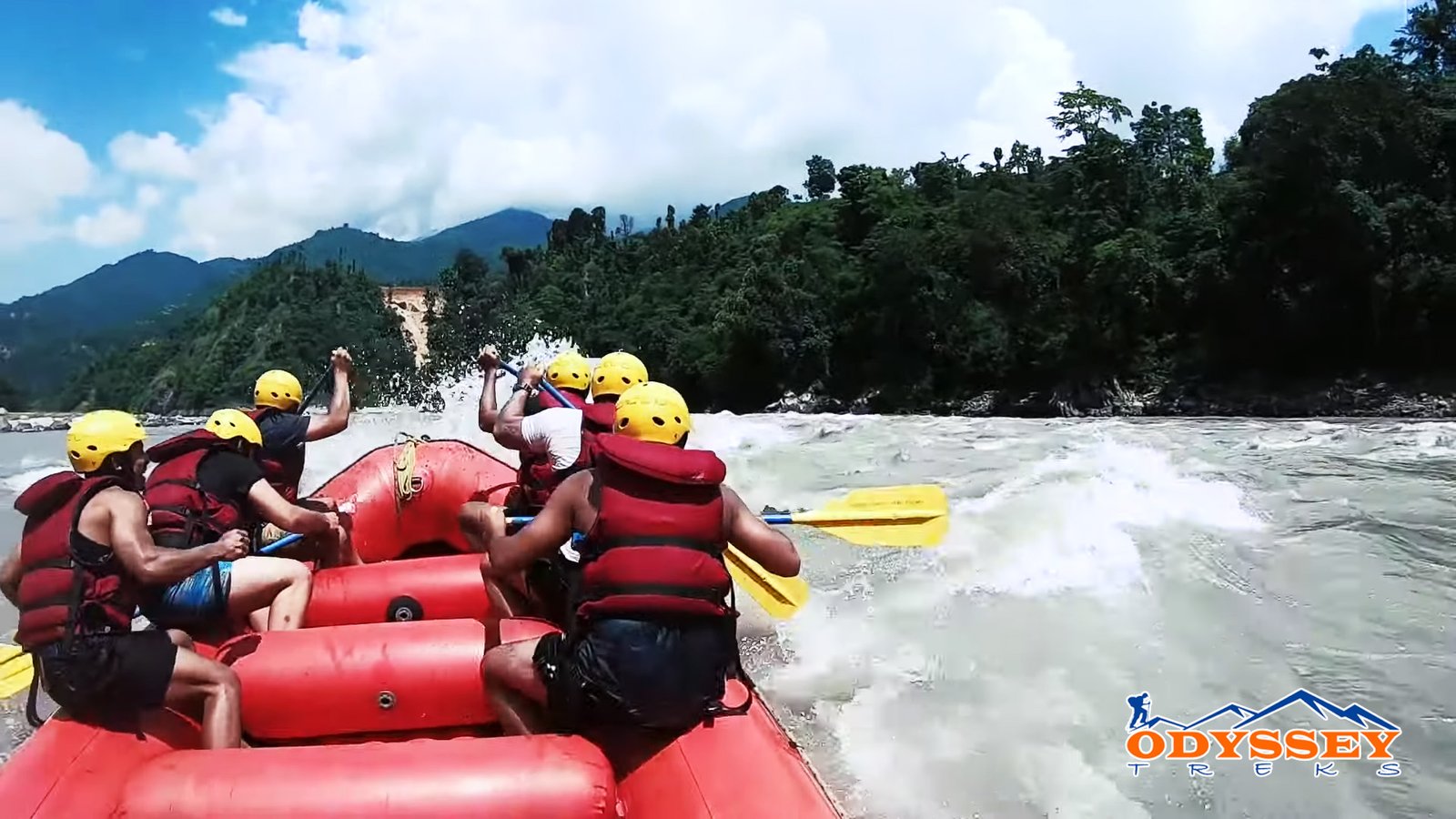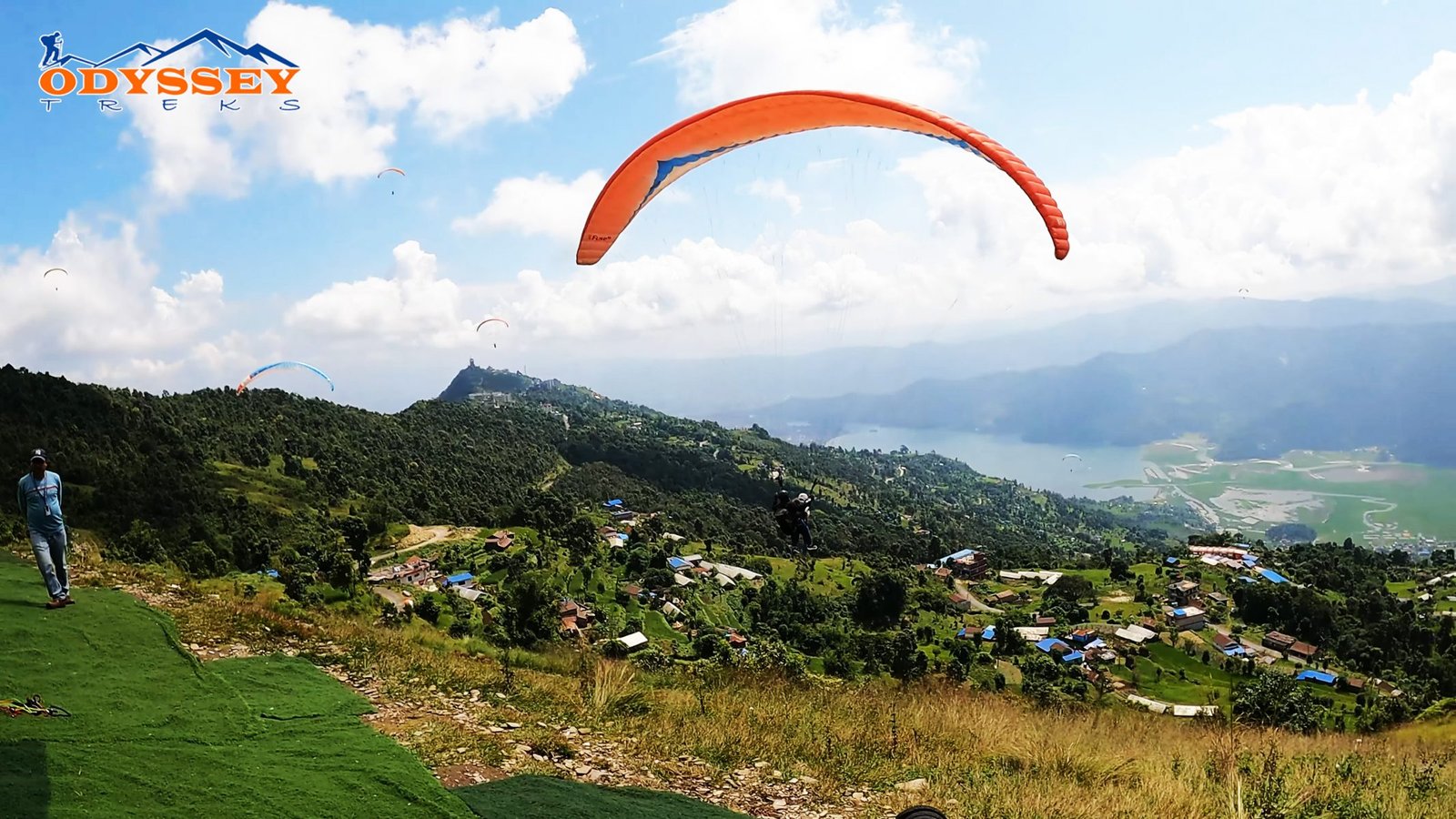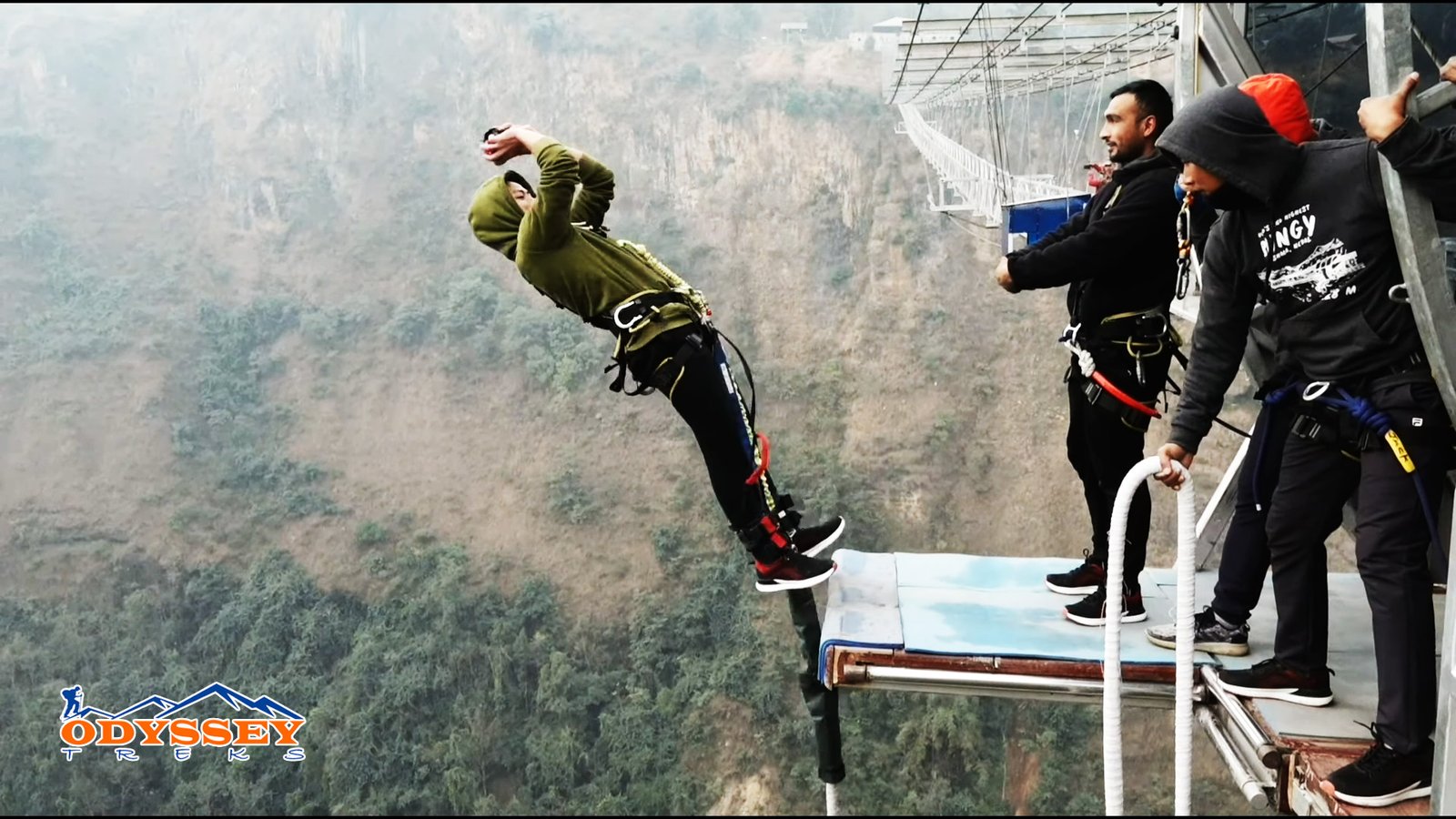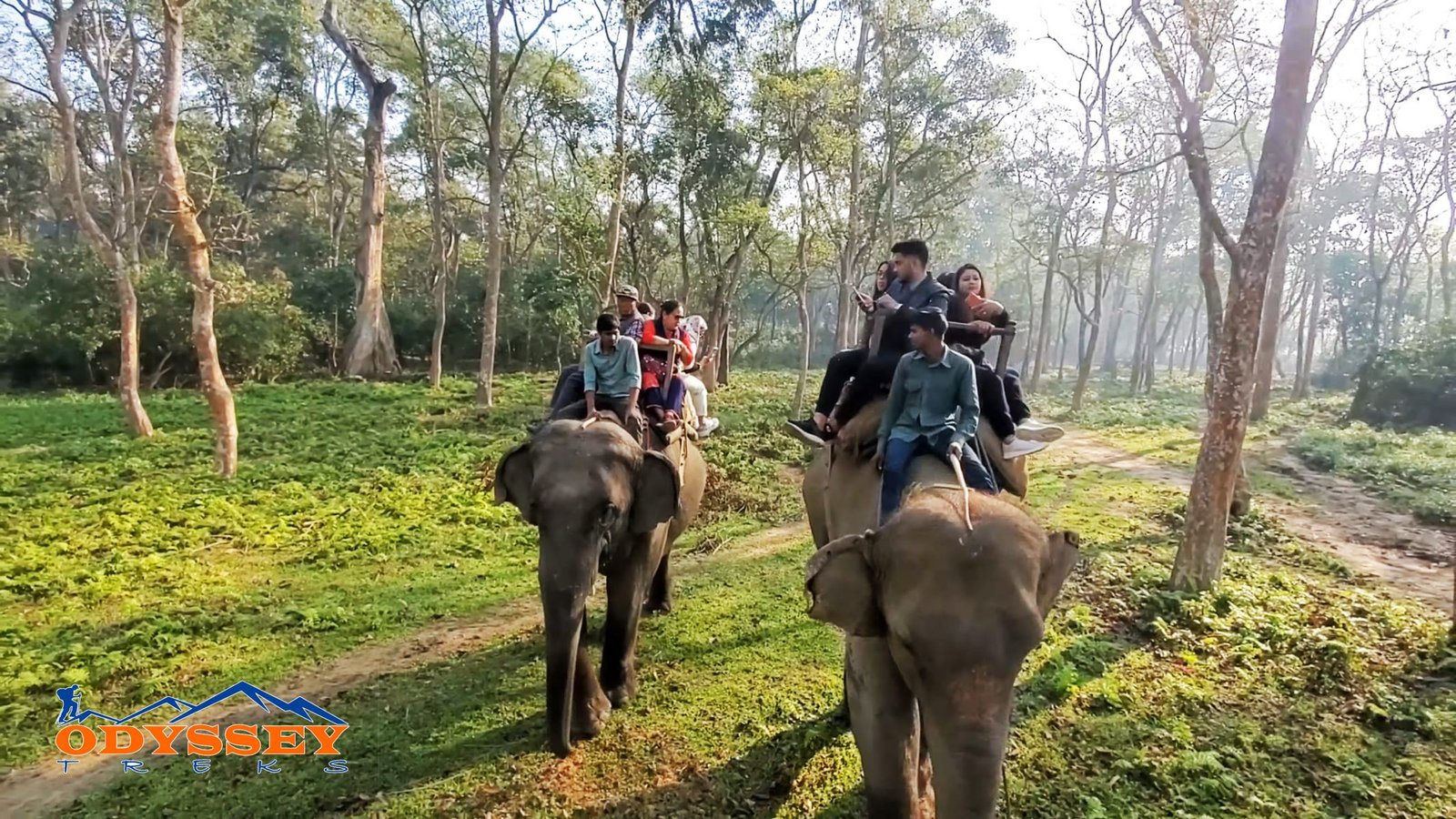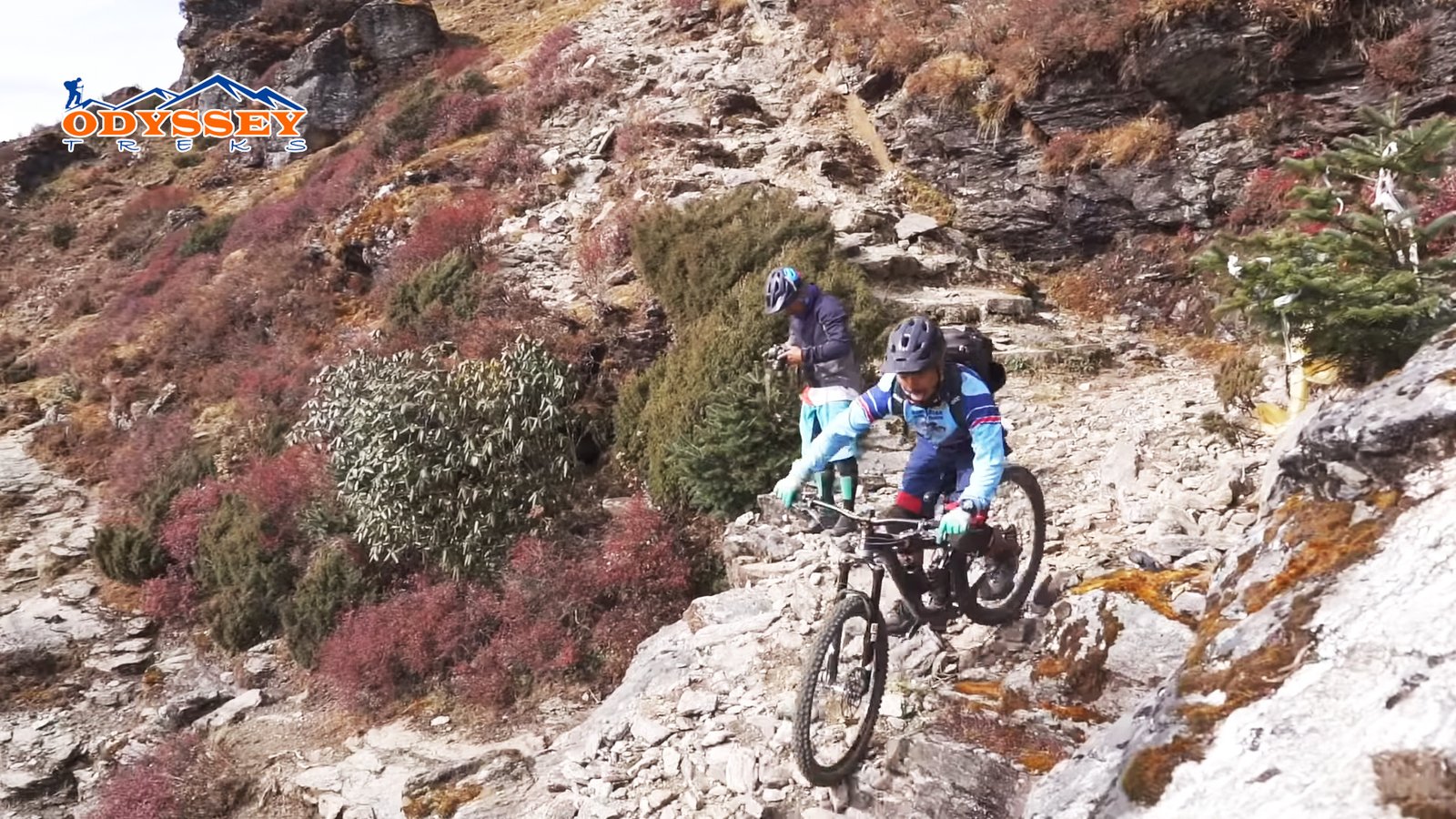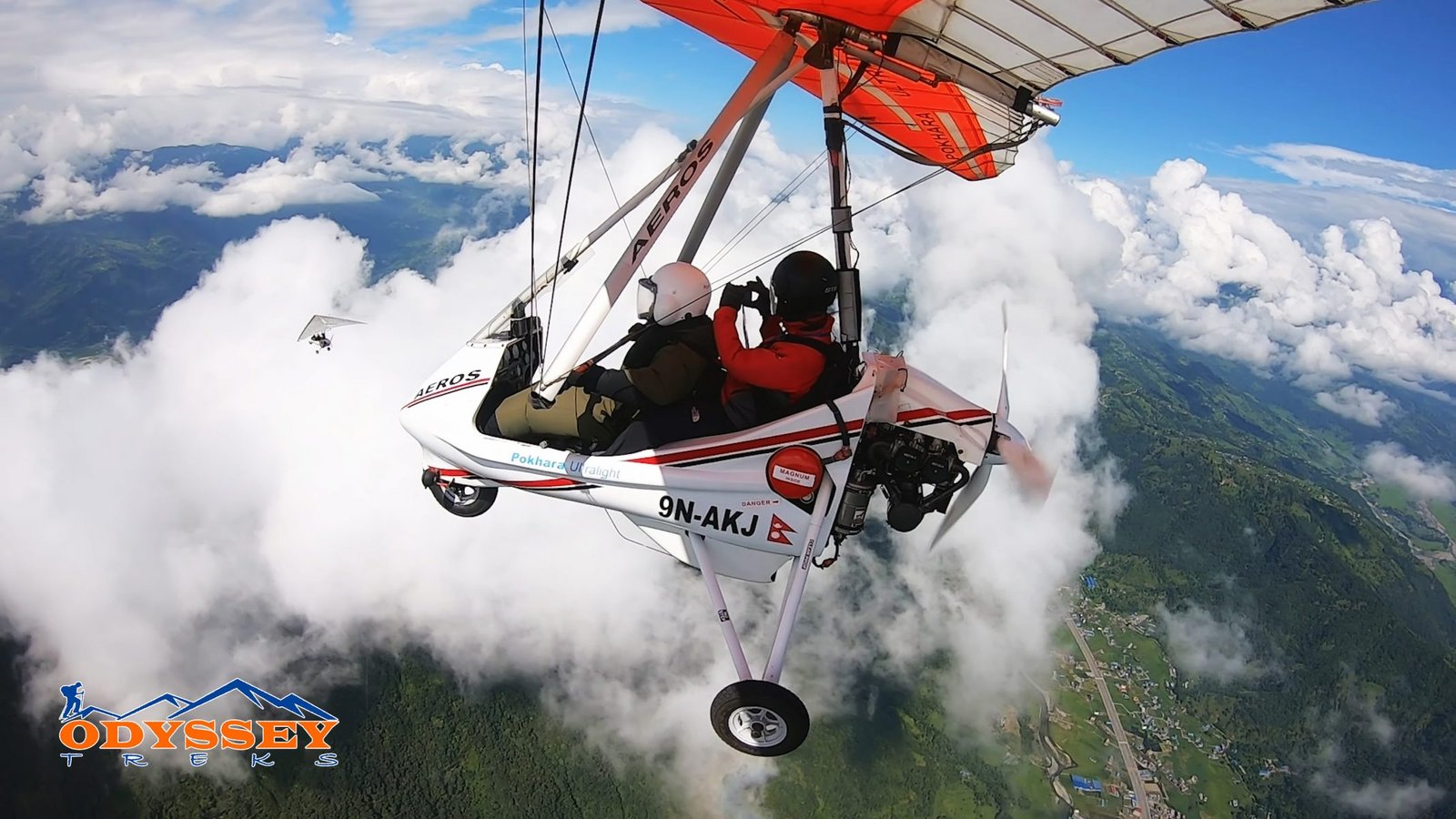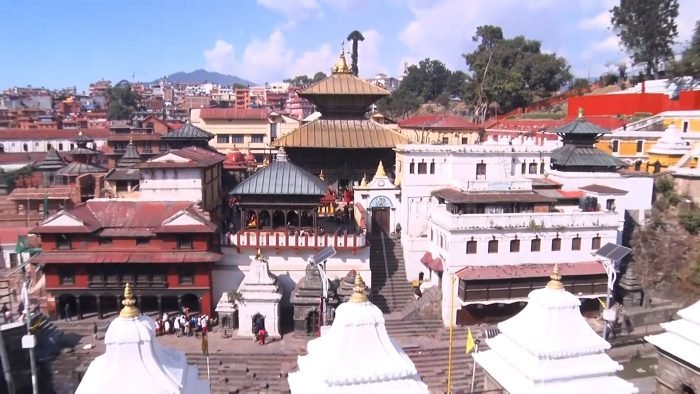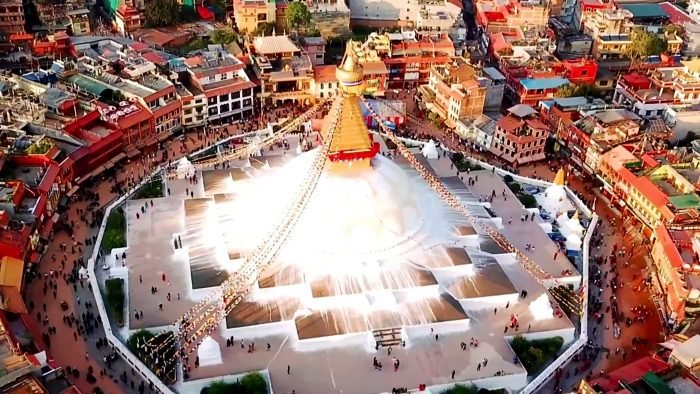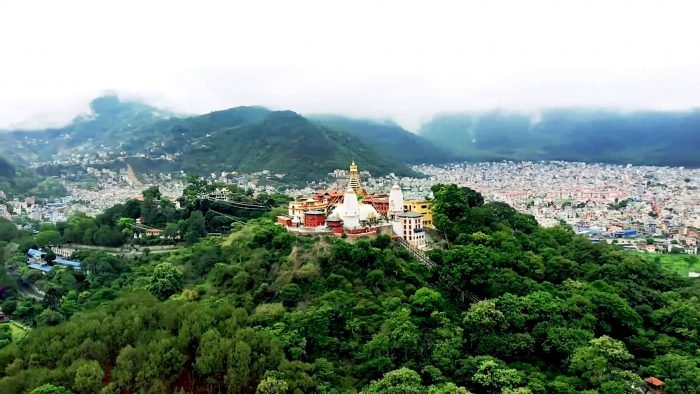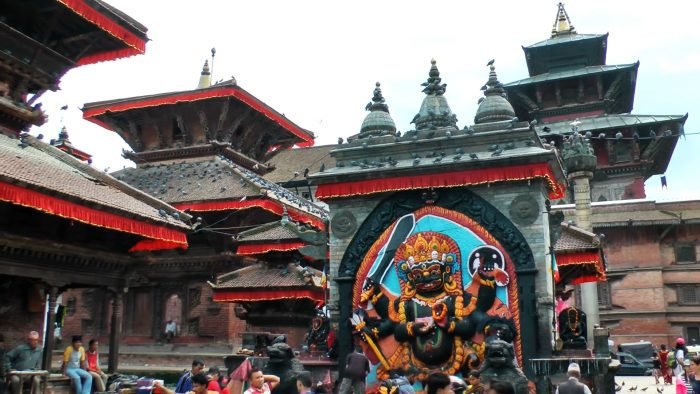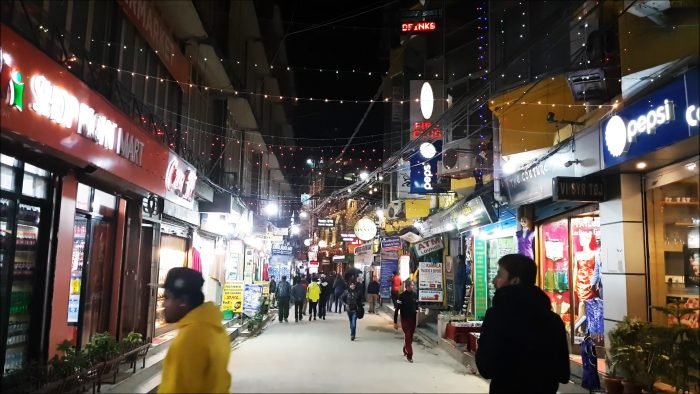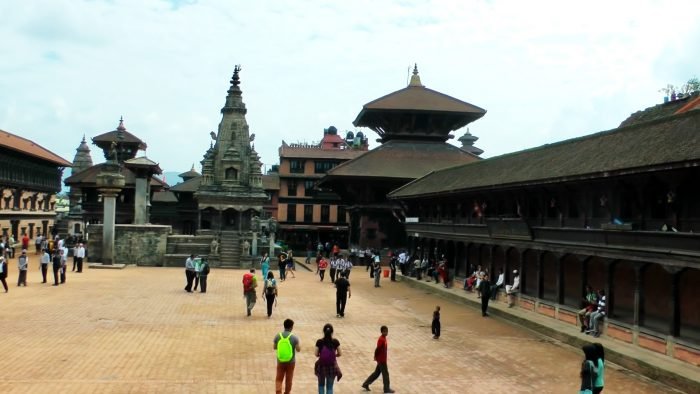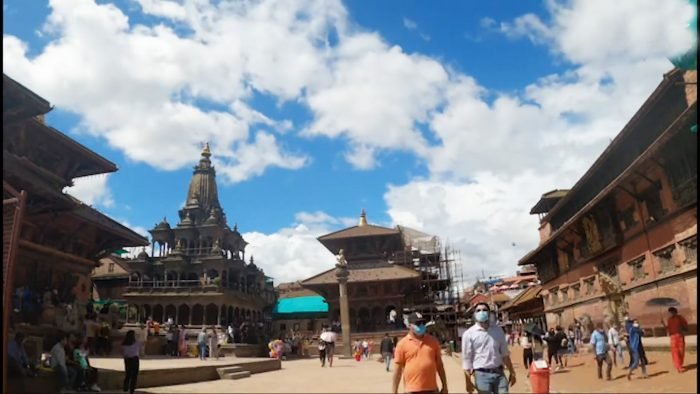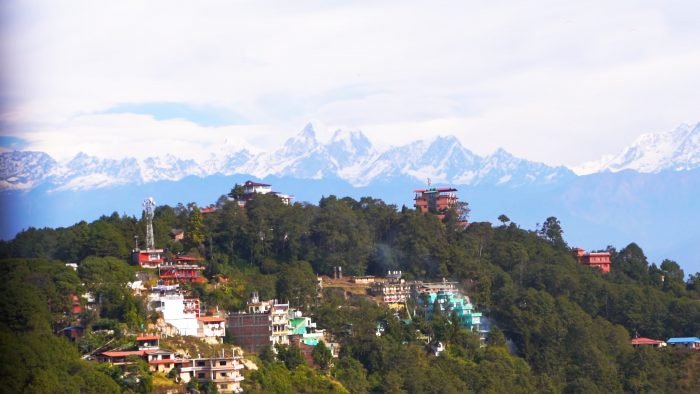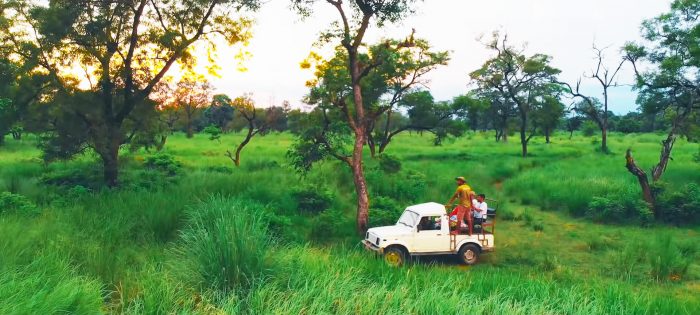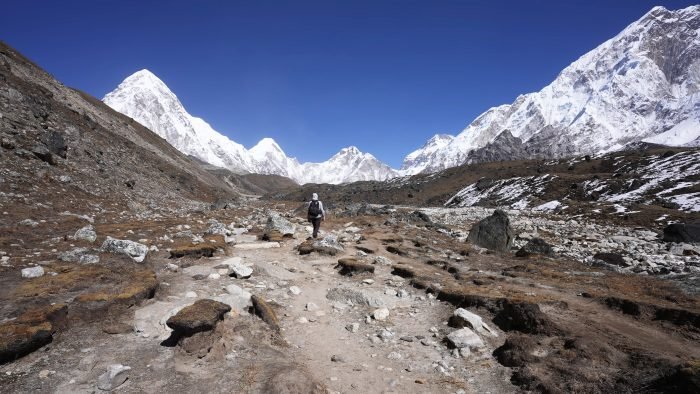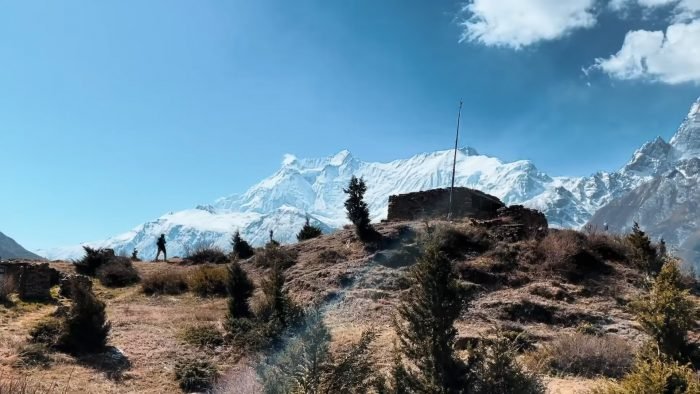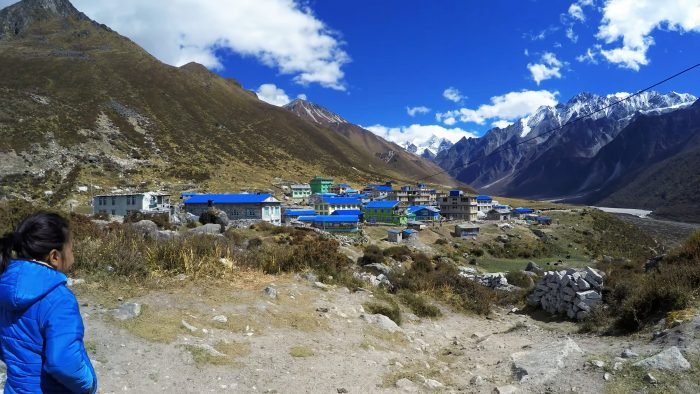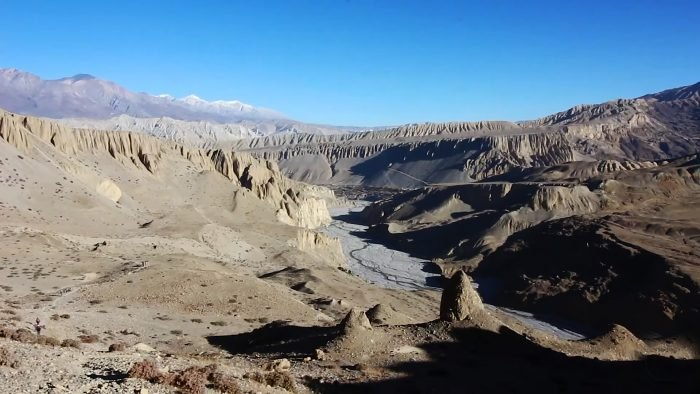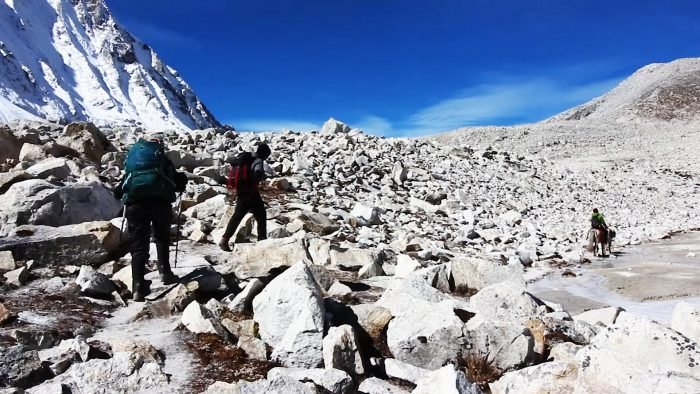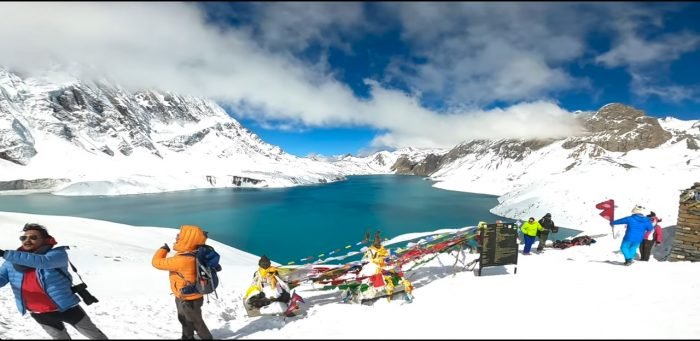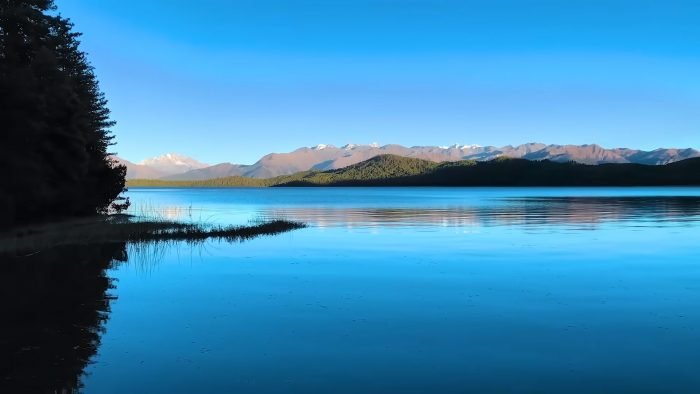Top 10 Major Attractions of Everest Base Camp Trek
Many trekkers have a question what are the major attractions of the Everest base camp trek? If you are planning to trek Everest base camp then you might have this question in your mind. So, before trekking it is better to know the main attractions of the Everest base camp trek. It helps you to plan your trek well.
Everest base camp trek in Nepal is the first choice for adventure lovers. It is one of the most famous trekking packages in Nepal. The Everest Base Camp Trek takes you into the lap of the world’s highest peak. It is also challenging as it takes you above 5,000 meters above sea level. This trek fulfills the dream of getting an up-close view of Mount Everest.
It is one of the top three trekking destinations in the world with some of the best mountain scenery in the world. As it is an excellent destination, the number of people coming for the trek is increasing every year. This trek is in the Everest region which is the most famous trekking region in Nepal. The Everest base camp trekking route is usually crowded during the trekking seasons.
Although there are many attractions of the Everest base camp trek, we have included 10 major attractions in this article. These 10 major attractions of Everest base camp make it one of the most famous treks in Nepal. The 10 major attractions of the Everest base camp trek are as follows.
You May Like: Everest High Pass (Three Pass) Trek, 18 Days Itineary, Package, Difficulty
1. Everest Base Camp
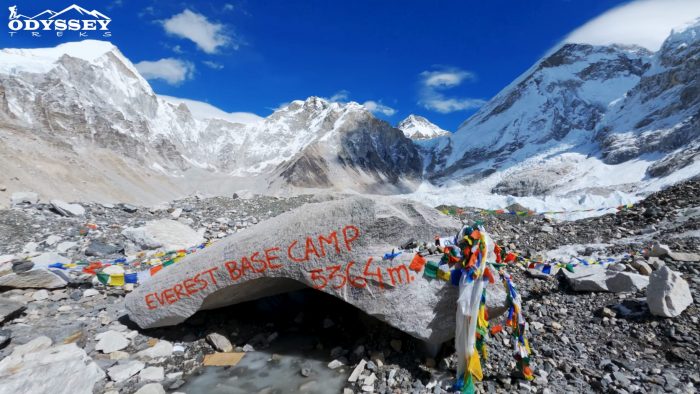
With a height of 8848 meters, Everest is the highest peak in the world. And Everest Base Camp is the base of the world’s highest mountain. Everest base camp is the main attraction of this trekking. It is a dream destination for adventure lovers as it offers breathtaking views of the world’s highest snow-capped peak. Everest base camp is located at an altitude of 5,364 meters above sea level.
The main purpose of this trekking is to reach the base camp from where you can get the closest view of Everest. It is a camping site for climbing Mt. Everest. The base camp is also an attraction for trekkers as it is the starting point for Everest expeditions.
Due to the lack of teahouses at the base camp, the trekkers stay in the nearby village of Gorakhshep. From the Everest Base Camp, you can see a breathtaking view of Mount Everest, Lhotse, Nuptse, and Pumori. It is a challenging yet rewarding destination for trekkers seeking to experience the beauty and majesty of the Himalayas.
2. Tenzing Hillary Airport, Lukla
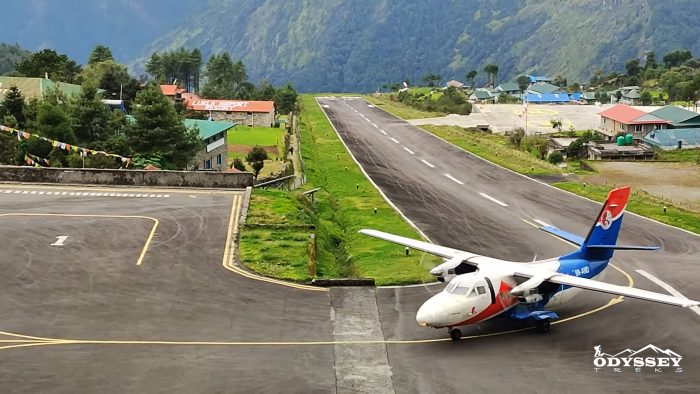
Tenzing Hillary Airport also known as Lukla Airport. This airport is one of the top 10 major attractions of Everest Base Camp Trek. It is the main airport serving the Everest region. The airport is named after Tenzing Norgay Sherpa and Sir Edmund Hillary. Tenzing Norgay Sherpa and Sir Edmund Hillary are the first climbers to climb Mt. Everest.
It is one of the most dangerous airports in the world. Located at an elevation of 9,334 feet (2,845 m), the airport’s runway is only 1,729 feet (527 m) long. Lukla Airport is located on a steep hill and has a short runway that ends on a cliff. Landing at a remote and challenging airport gives an adventurous and thrilling experience.
The location of the airport at such a height and the beautiful landscape of the surrounding mountains are mesmerizing. Trekkers fly from Kathmandu to Lukla and from there begin their trek to Everest base camp. Lukla Airport is also the starting and ending point of the Everest base camp trek. Lukla itself is a beautiful little town where you can find many lodges and shops.
You may like: How much does the Everest base camp trek cost?
3. Kala Patthar
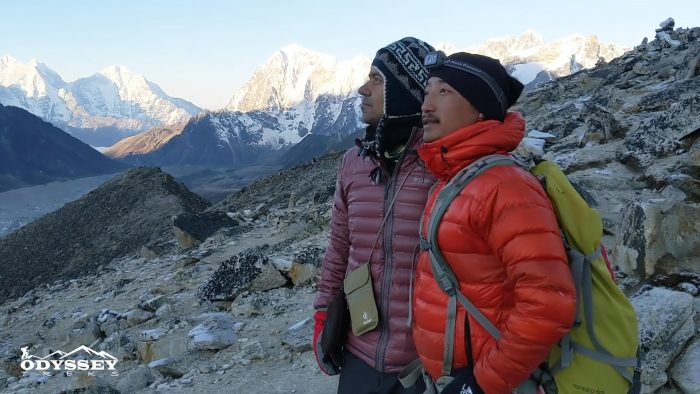
Kala Patthar is another major attraction of the Everest base camp trek. At an altitude of 5,545 meters, this place is also the highest point of the Everest Base Camp trek. It is a majestic viewpoint from which you can get a magnificent view of the world’s highest mountains. It is also famous for its high altitude location as well as the view of the Khumbu Glacier and the icefalls below.
The view of sunrise over the Himalayas from this place is amazing. Trekkers usually go to Kala Patthar early from Gorakshep for a sunrise view. From this point, you can admire a 360-degree view of peaks over 8,000 meters high such as Everest, Lhotse, Makalu, and Cho-Oyu. At Kala Patthar, you can enjoy the sunrise view by taking some photos and videos on the camera. If you are a photographer then this is the most important place for you.
You may not have a clear view of Mt. Everest from the base camp but it is clear from Kala Patthar. Hence the trek up to Kala Patthar is fruitful as it offers clear views of Everest and other Peaks. It takes around 2 hours to reach Kala Patthar Peak from Gorakshep. Gorakshep is the last settlement with teahouses so after sightseeing at Kala Patthar you have to return to Gorakshep.
Read also: 15 safety tips for trekking in Nepal
4. Majestic Mountain Views
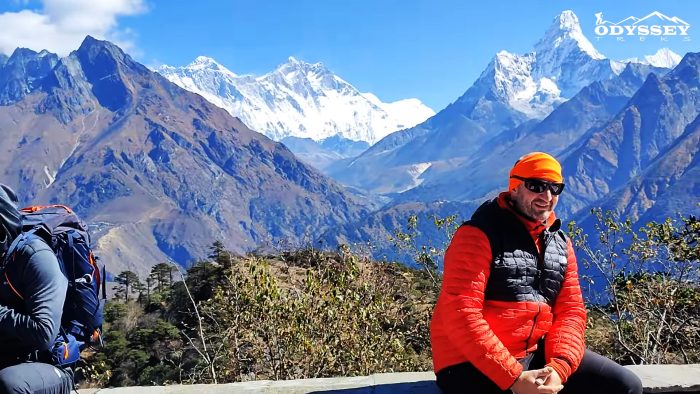
Majestic mountain views are one of the major attractions of the Everest Base Camp trek. The Everest region is home to many highest peaks. The Everest Base Camp Trekking Trail offers a view of majestic snow-capped mountains. On a clear day, the majestic peaks of the Himalayan range are spectacular.
Some of the notable peaks that you can see while trekking are:
Mount Everest (8,848m):
Mount Everest is the highest mountain in the world. It is also the ultimate destination for trekkers on Everest Base Camp Trek.
Lhotse (8,516m):
Mt. Lhotse is the fourth-highest mountain in the world, close to Mount Everest. The peak is known for its steep and technical climbing routes. Climbing this peak requires a high level of training, skill, and experience.
Cho Oyu (8,188m):
A beautiful mountain you can see during the Everest base camp trekking. It is the sixth-highest mountain in the world. Due to its high altitude and extreme weather conditions, climbing this peak requires a high level of mountaineering skills and experience.
Makalu (8,481m):
Makalu is another majestic mountain you can see during Everest base camp trekking. It is the fifth-highest mountain in the world. It is known for its unique beauty with its sharp ridges and isolated peak.
Nuptse (7,861m):
Nuptse is a magnificent peak located near Everest. This peak is visible from many points along the EBC trek.
Ama Dablam (6,812m):
Ama Dablam is a beautiful peak. Its distinctive shape makes it one of the most beautiful mountains in the world.
Thamserku (6,623m):
Thamserku is a beautiful peak in the Everest region. It is known for its distinctive pyramid-shaped peak. The name “Thamserku” means “divine peak” in the local Sherpa language. It is a popular peak for mountaineering enthusiasts looking for a challenging climb.
Kangtega (6,782m):
Kangtega is a pyramid-shaped peak visible from the road between Namche Bazaar and Tengboche. It is a difficult peak to climb in the region due to its technical challenges and steep ridges.
5. Tengboche Monastery
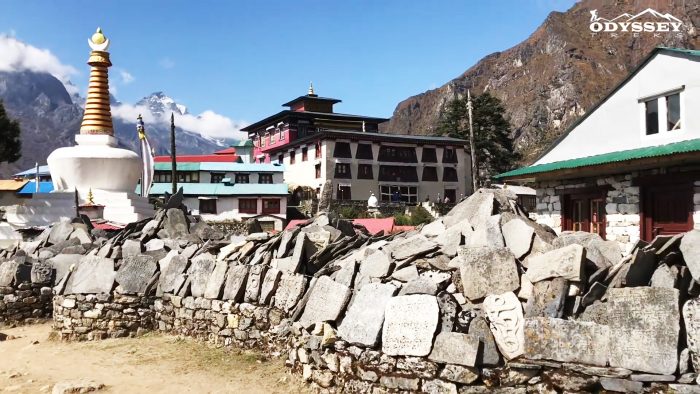
Tengboche Monastery is one of the top 10 major attractions of the Everest base camp trek. This monastery is in the beautiful small village of Tengboche on the EBC trekking route. It is a Buddhist monastery of a Sherpa community which is the largest monastery in the Khumbu region. Situated at an altitude of 3,867 meters, it is one of the most famous and important monasteries in this region.
This monastery is an important center for Tibetan Buddhists in the region which attracts many visitors and pilgrims. The Monastery is known for its annual Mani Rimdu festival held in October or November. Mani Rimdu is one of the major festivals of the Sherpa community.
It is a perfect place to get a close-up view of one of the most beautiful mountains in the world, Mount Ama Dablam. Ama Dablam mountain in the background adds to the beauty of this monastery. The beautiful Tengboche Monastery is also suitable for meditation and prayer. Monastery offers a 360-degree view of Mt Everest, Lhotse, Ama Dablam, Kantega, etc.
So, it is one of the major highlights of the Everest Base Camp Trek that you don’t miss. Overall, Tengboche is an important cultural and religious landmark that is a must-visit destination for anyone trekking Everest Base Camp.
6. Namche Bazar
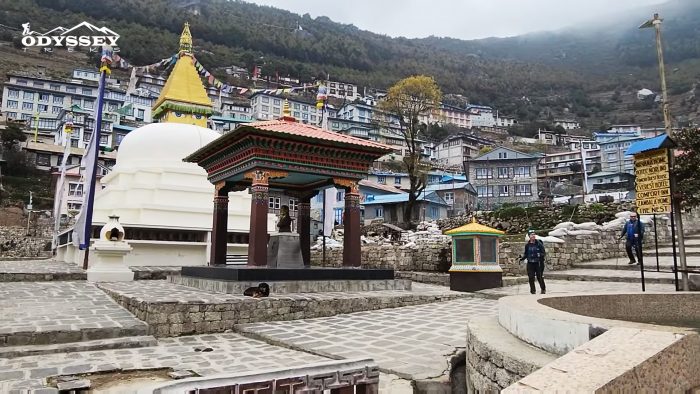
Namche Bazaar is another major attraction of the Everest base camp trek. This Village is also the gateway to the Everest region. On the way from Lukla to the base camp through the Dudh Koshi Valley is Namche Bazaar. This is a beautiful hill town with great views of Kongde Ri, Thamserku, and other peaks in the background. It is also the most famous and largest commercial market in the Khumbu region. This popular tourist center is located at an altitude of 3,440 meters. In Namche, you can find standard lodges, restaurants, banks, ATMs, shops, cafes, cyber, etc.
Namche Bazaar is also the center of Sherpa culture where you will witness their unique traditions and lifestyle. This place serves as an important stop for trekkers on their way to Everest base camp. It is an ideal place to spend a few days acclimatizing before continuing the trek. Altitude sickness can be a concern when traveling to high altitudes. So, acclimatization is essential to reduce the risk of altitude sickness.
There are some important places in Namche Bazar that you can enjoy visiting:
Syangboche Airport:
Syangboche Airport is a small airport near Namche Bazar. The airport is located at an altitude of 3,780 meters and has a single runway of 400 meters in length. Although this airport is not commercial, it is used for helicopter flights.
Everest National Park Visitor Centre:
This visitor center is near the Everest National Park entrance. It provides information about the flora and fauna of the park. It also provides information about the history of mountaineering in the area. There are also interactive exhibits and audiovisual presentations that provide information about the park’s geology, ecology, and conservation.
Namche Monastery:
Namche Monastery is a Buddhist monastery located in Namche. The monastery is located on the outskirts of the city, on a hill. It offers panoramic views of the surrounding mountains, including Mount Everest. This monastery is also an important cultural and religious site of the region. In the monastery, you can find a collection of statues, paintings, and precious Buddhist artifacts.
Khumjung Village:
Khumjung is a traditional Sherpa village located about an hour’s walk from Namche. This is a beautiful village full of breathtaking scenery that gives trekkers a chance to experience the beauty of the Himalayas. It is a great place to experience the local culture and visit the famous Hillary School. Founded by Sir Edmund Hillary in the 1960s, the school is still in operation and provides education to local children.
Hotel Everest View:
Hotel Everest View is a luxury hotel near Namche Bazaar Village. Located at an altitude of 3,880 meters, this hotel offers spectacular views of Mount Everest and other Himalayan peaks. The hotel also has a restaurant, bar, and terrace where you can relax and enjoy the panoramic views.
Sherpa Culture Museum:
The Sherpa Culture Museum is a small but informative museum. Established in 1992, the museum is dedicated to preserving and showcasing the rich cultural heritage of the Sherpa people. The museum has exhibits on Sherpa history, culture, religion, and mountaineering. This Museum is a must-visit for anyone interested in Sherpa culture and history.
Khumbu International Library:
Khumbu International Library was established in 2004. The purpose of this library is to promote literacy and education in the local community. The library has a collection of books in various languages including English, Nepali, and Tibetan. The books cover a wide range of subjects, including literature, science, history, and religion.
7. Sherpa Culture
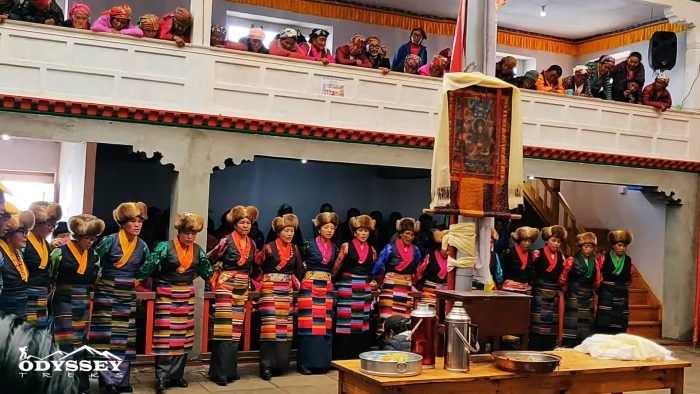
Sherpa culture is one of the major attractions of the Everest base camp trek. During the EBC trek, you can experience the Sherpa culture in various Sherpa villages. Lukla, Phakding, Namche, Lobuche, Tengboche, and other villages along the route are inhabited by a large number of Sherpas.
Born in the lap of the Himalayas, Sherpas are famous for climbing and trekking various peaks. They are also considered the best guides for trekking in high mountain areas. They are renowned for their strength, endurance, and skill in navigating the challenging terrain and extreme heights of the Himalayas.
The area has a large number of Sherpa inhabitants whose culture, traditions, and lifestyle you can observe closely. They like to speak their ethnic language and wear traditional clothes. Sherpa’s life is simple which is inspiring and admirable for anyone.
8. Sagarmatha National Park
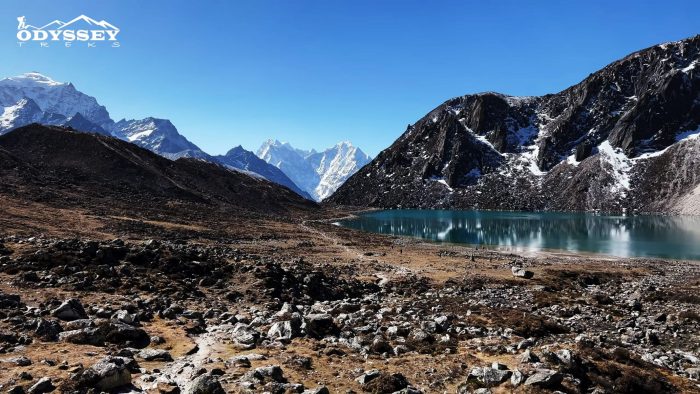
Sagarmatha National Park is another major attraction of the Everest Base Camp Trek. This national park is located in the Khumbu region of Nepal. It is also of great importance as the world’s highest peak Mount Everest is located within it. Established in 1976, the park is home to Mount Everest as well as several other peaks above 8,000 meters. This park is one of the most well-preserved beautiful places to visit.
It is a UNESCO World Heritage Site covering an area of 1,148 square kilometers. The park has several trekking routes including the famous Everest Base Camp Trek. These routes take you into the heart of the park offering stunning views of mountains.
It is a protected area in the Himalayas of the Everest region which is also the highest national park in the world. The park starts at an altitude of 2800 meters and ends at an altitude of 8,848 meters. The Park also preserves natural vegetation as well as natural biodiversity.
Sagarmatha National Park is known for the diverse flora and fauna found in the Himalayas. The Park is home to endangered wildlife like the Himalayan tiger, musk deer, red panda, snow leopard, Himalayan Thar, and Himalayan black bear.
You can see them roaming in the forest while trekking inside the park if you are lucky. You can also find Himalayan Monal, Snow Pheasant, Himalayan Griffon Vulture, Blood Pheasant, and Golden Eagle bird species in the park.
Read also: 17 Important things you need to know before trekking in Nepal
9. Khumbu Glacier
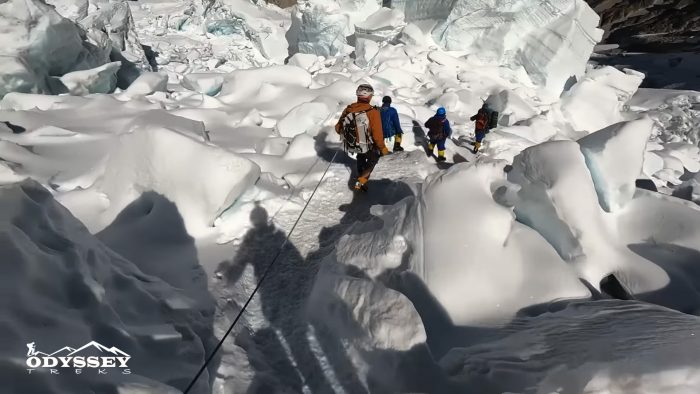
Another major attraction of the Everest base camp trek is the Khumbu Glacier. Located within the Khumbu region, this is the largest glacier in Nepal. Sometimes it is also called “Khumbu Icefall“. Also known as the highest glacier in the world, this glacier is about 12 km long. You can see it from Kala Patthar as well as the Everest base camp.
It lies between Mount Everest and Mount Nuptse-Lhotse Ridge. Its beautiful view adds more glory to your trek. The Khumbu Glacier is an important landmark of the Himalayas and also a source of water for the locals. This glacier is also important for trekkers as it provides a direct route to the Everest Base Camp.
10. Adventure of Lifetime
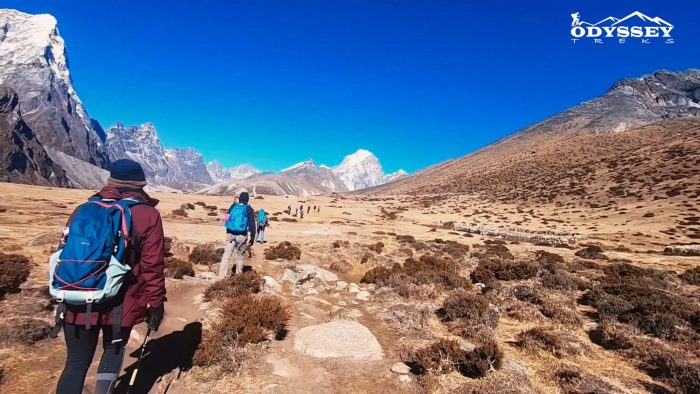
The Everest base camp trek is an adventure of a lifetime. It is a challenging trekking trail that takes you to a height of 5545 meters. This trek offers an opportunity to experience some of the most fascinating landscapes in the world and challenge yourself physically and mentally.
During the trek, you will walk through lush forests and cross high-suspension bridges. This trek is a chance to take yourself out of your comfort zone. Experience the natural beauty of the Himalayas and create memories for a lifetime.

